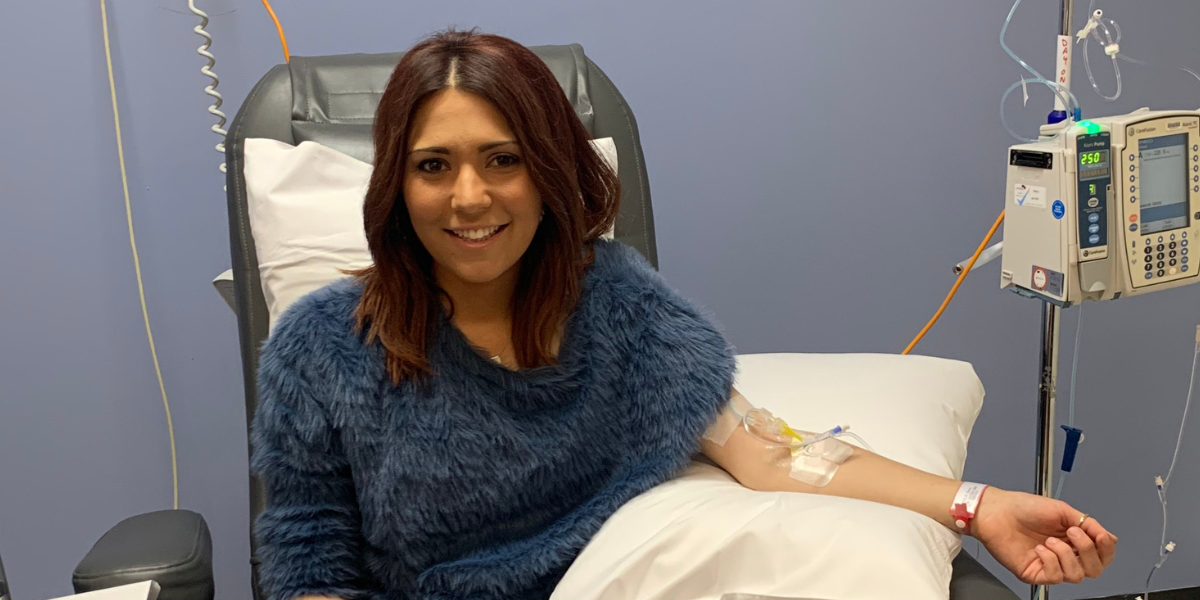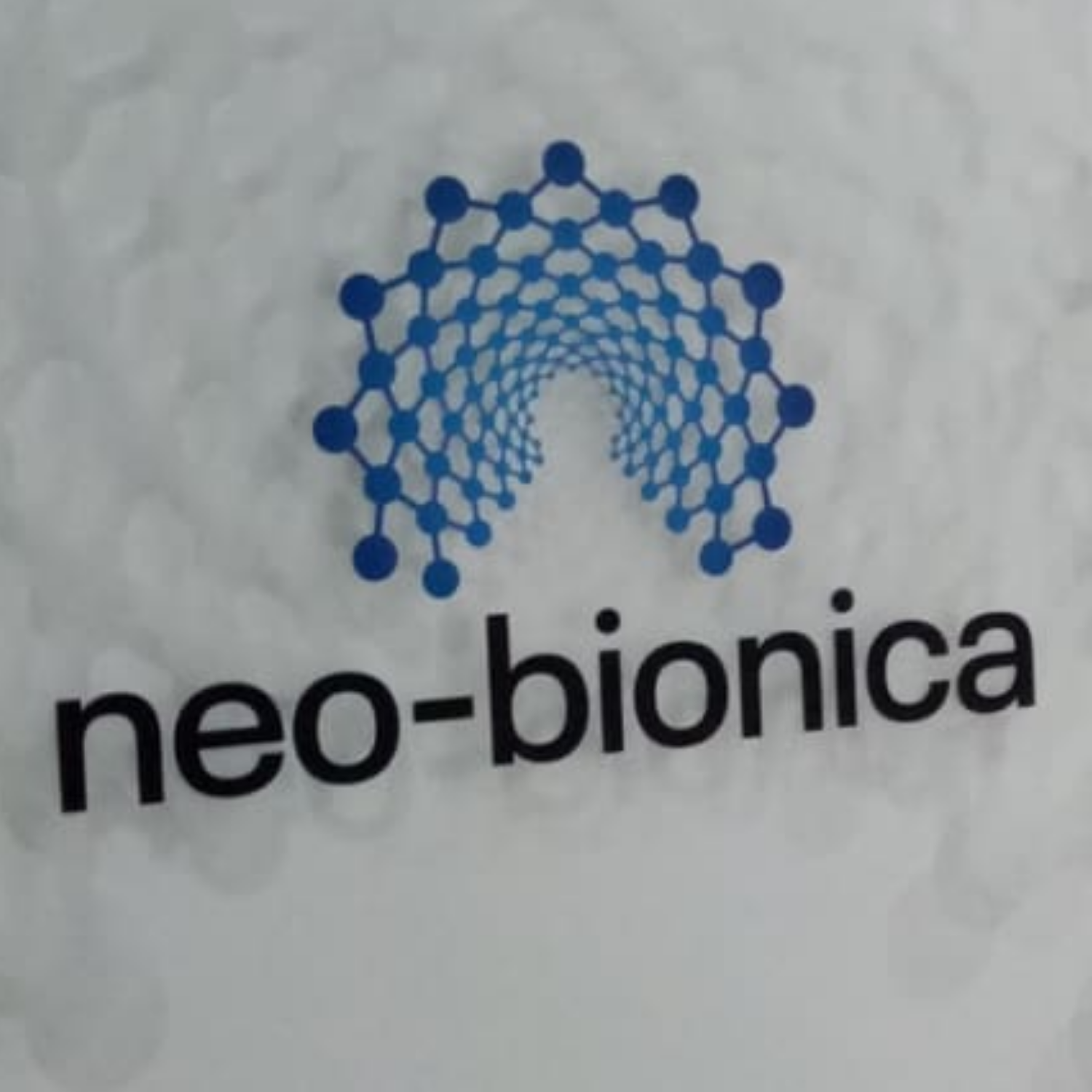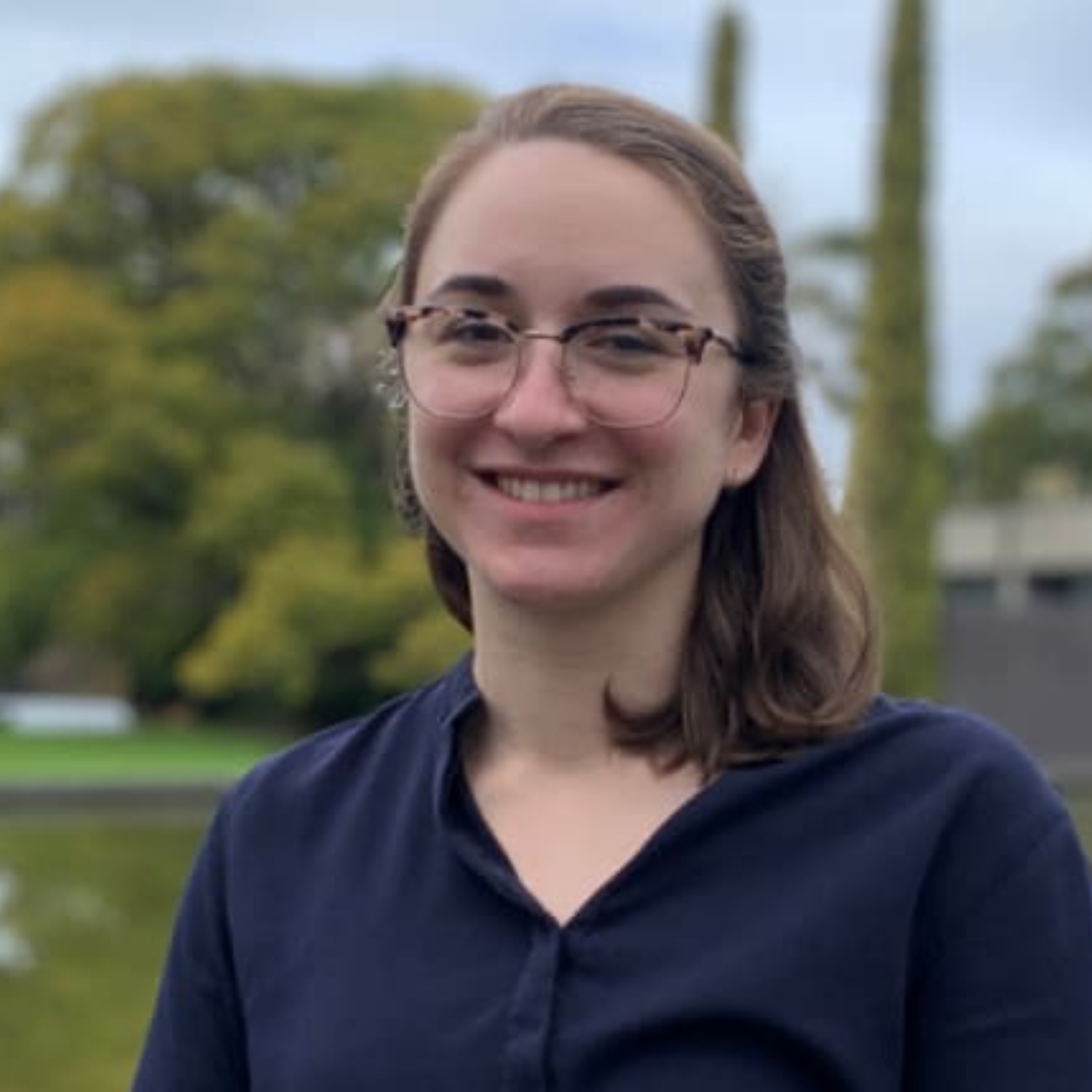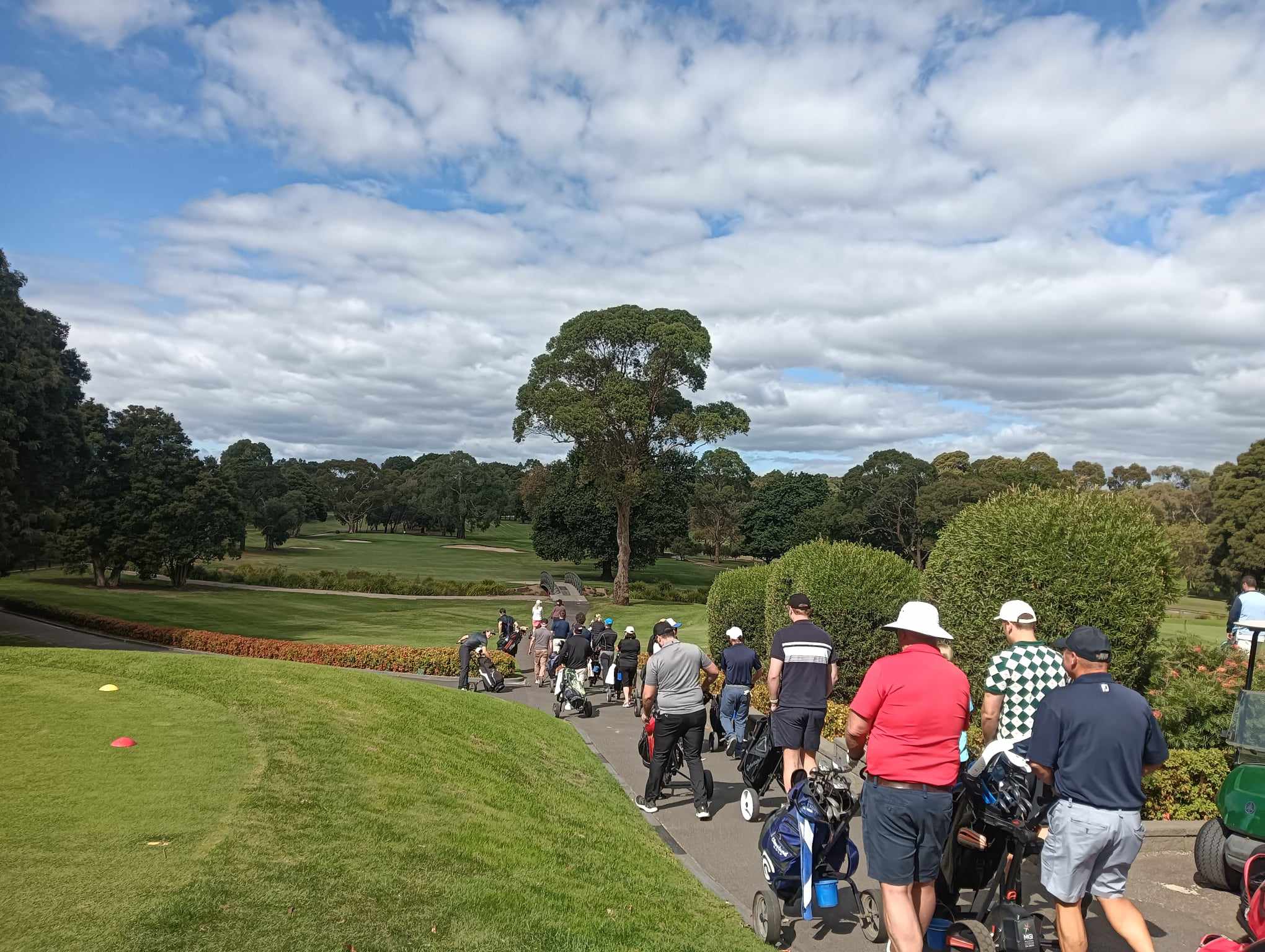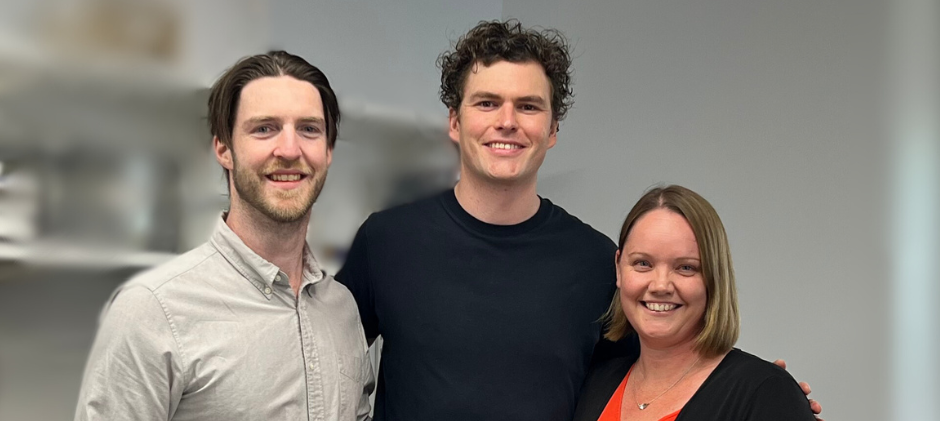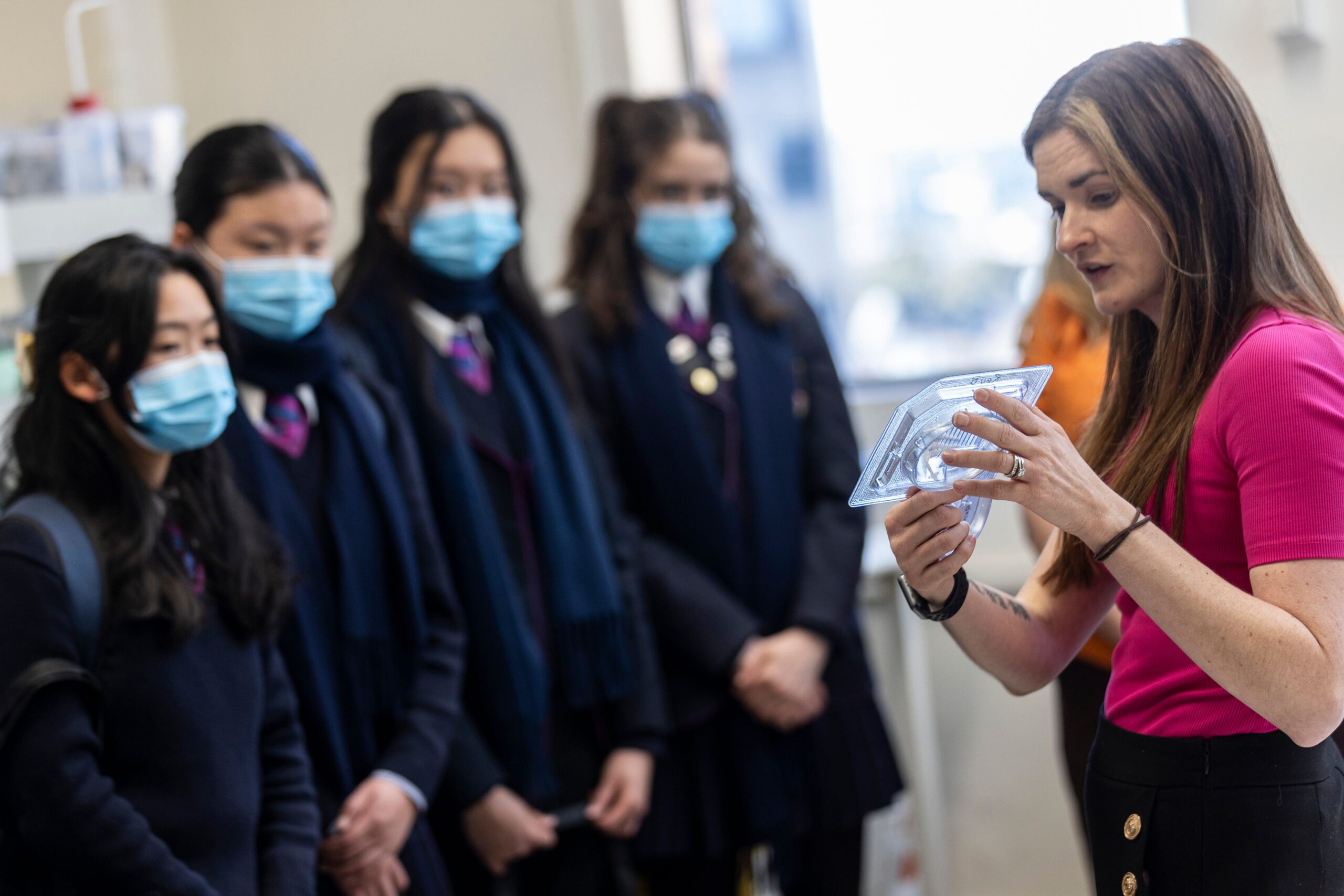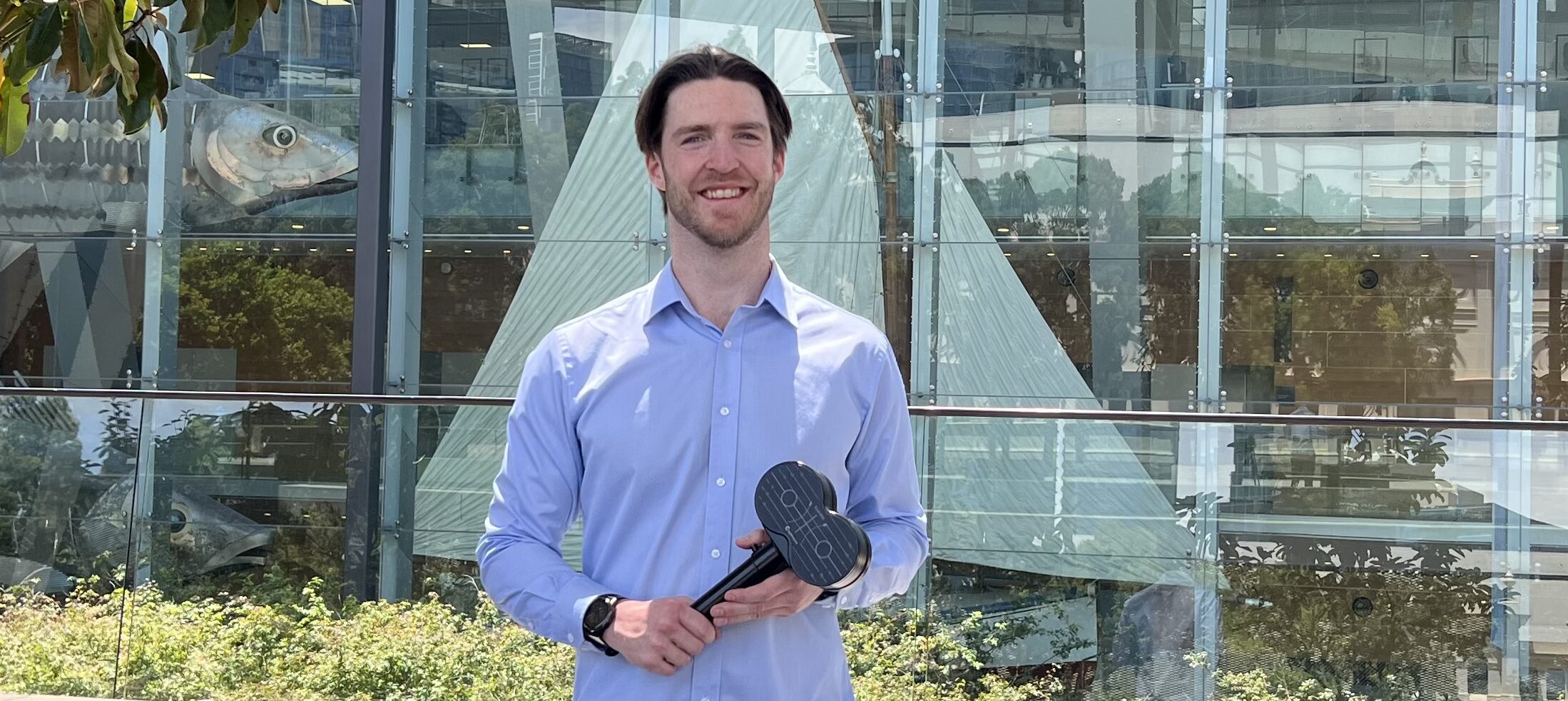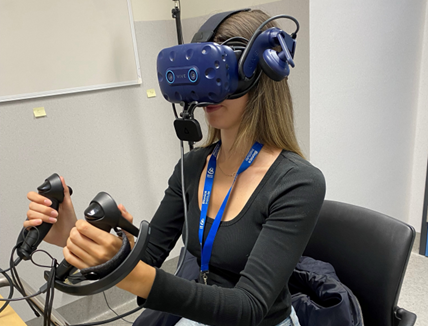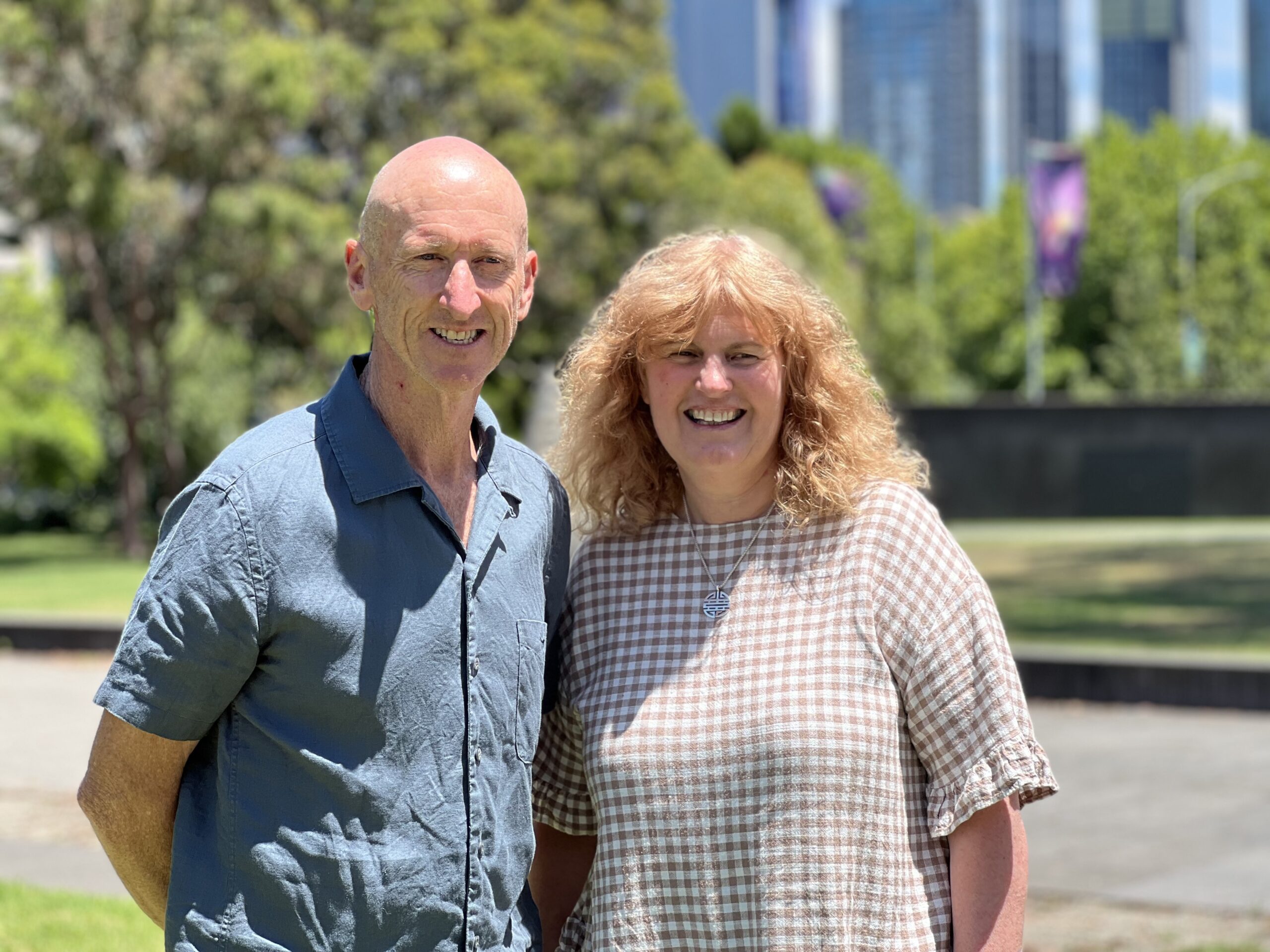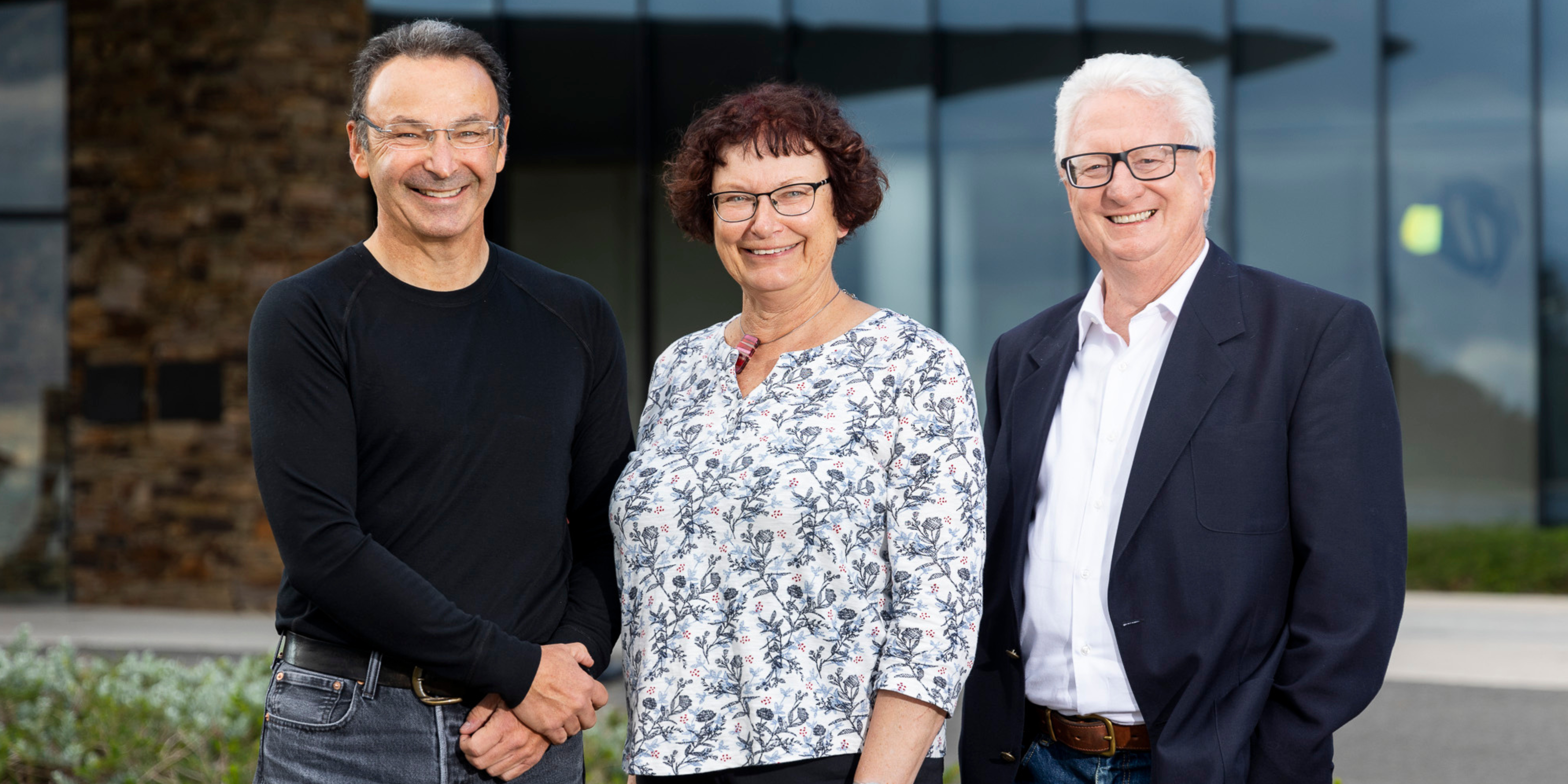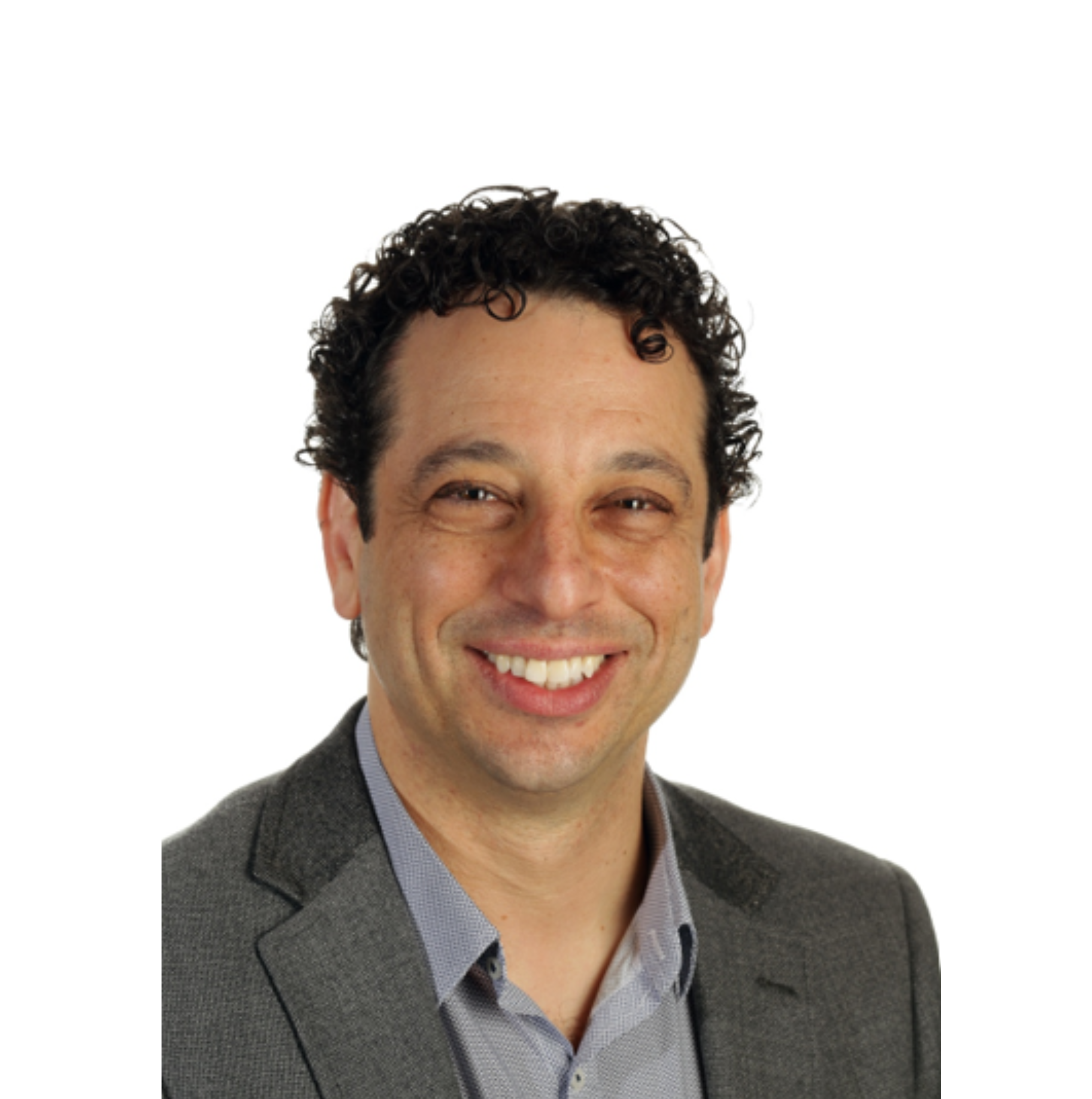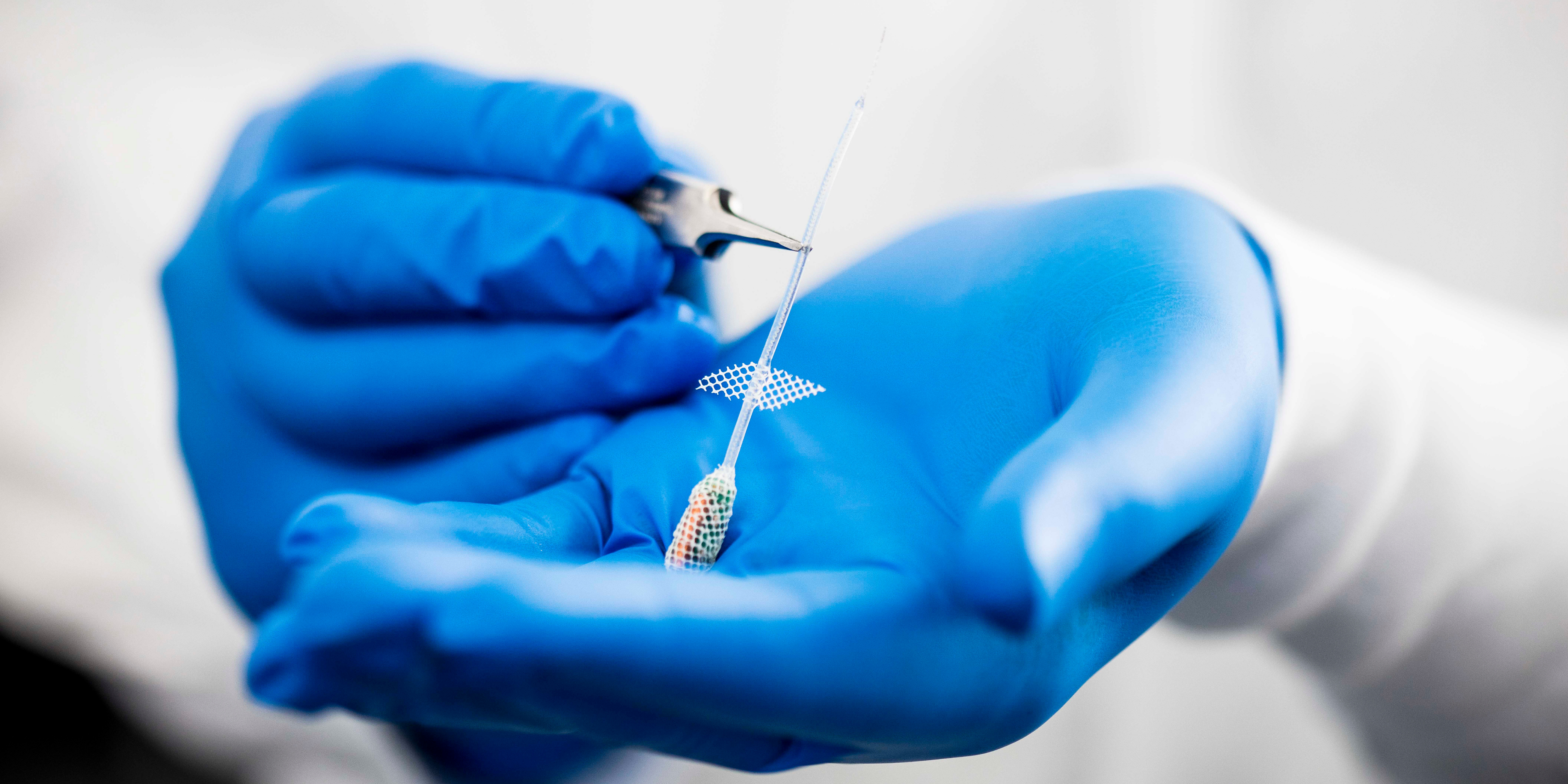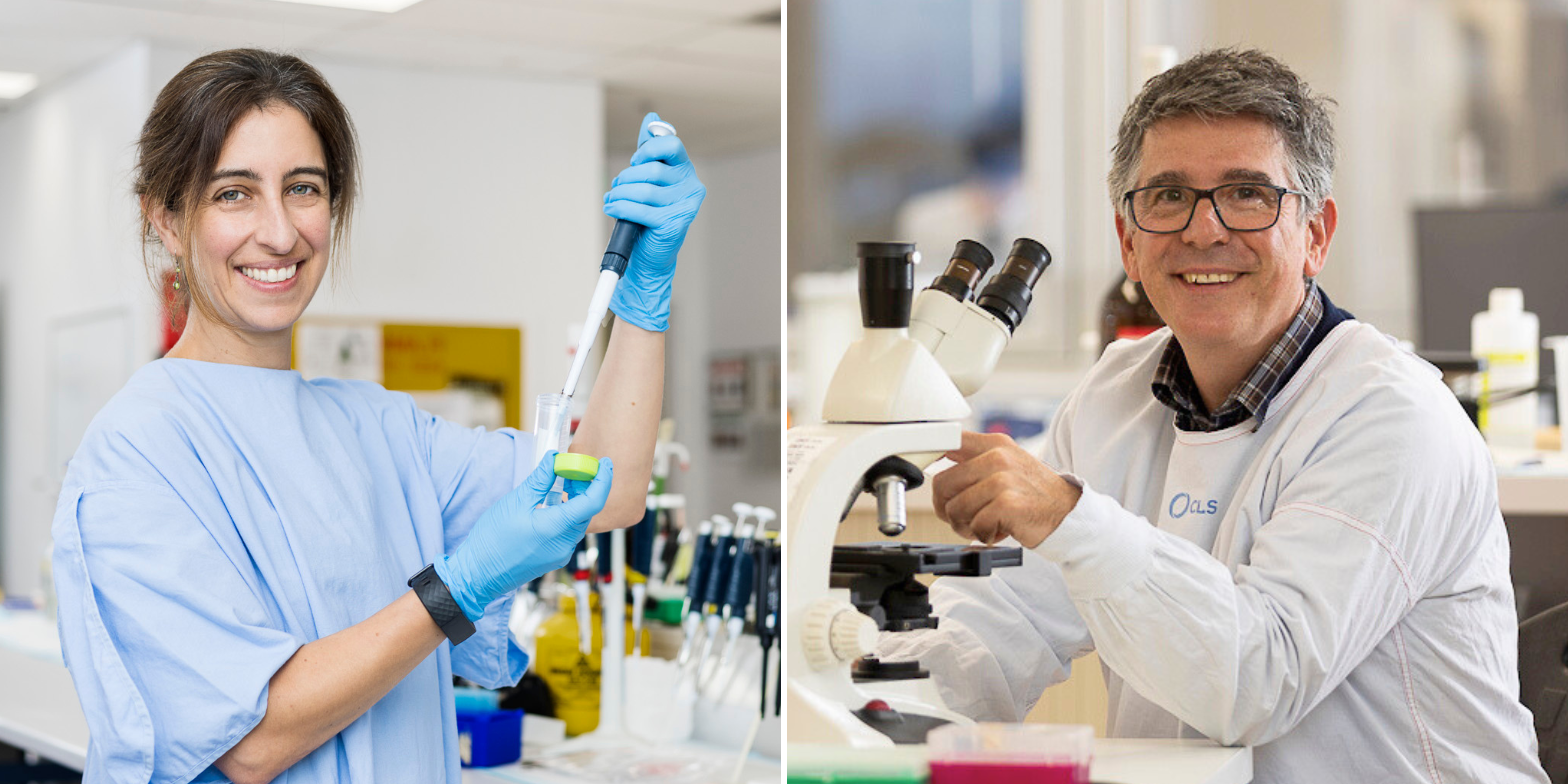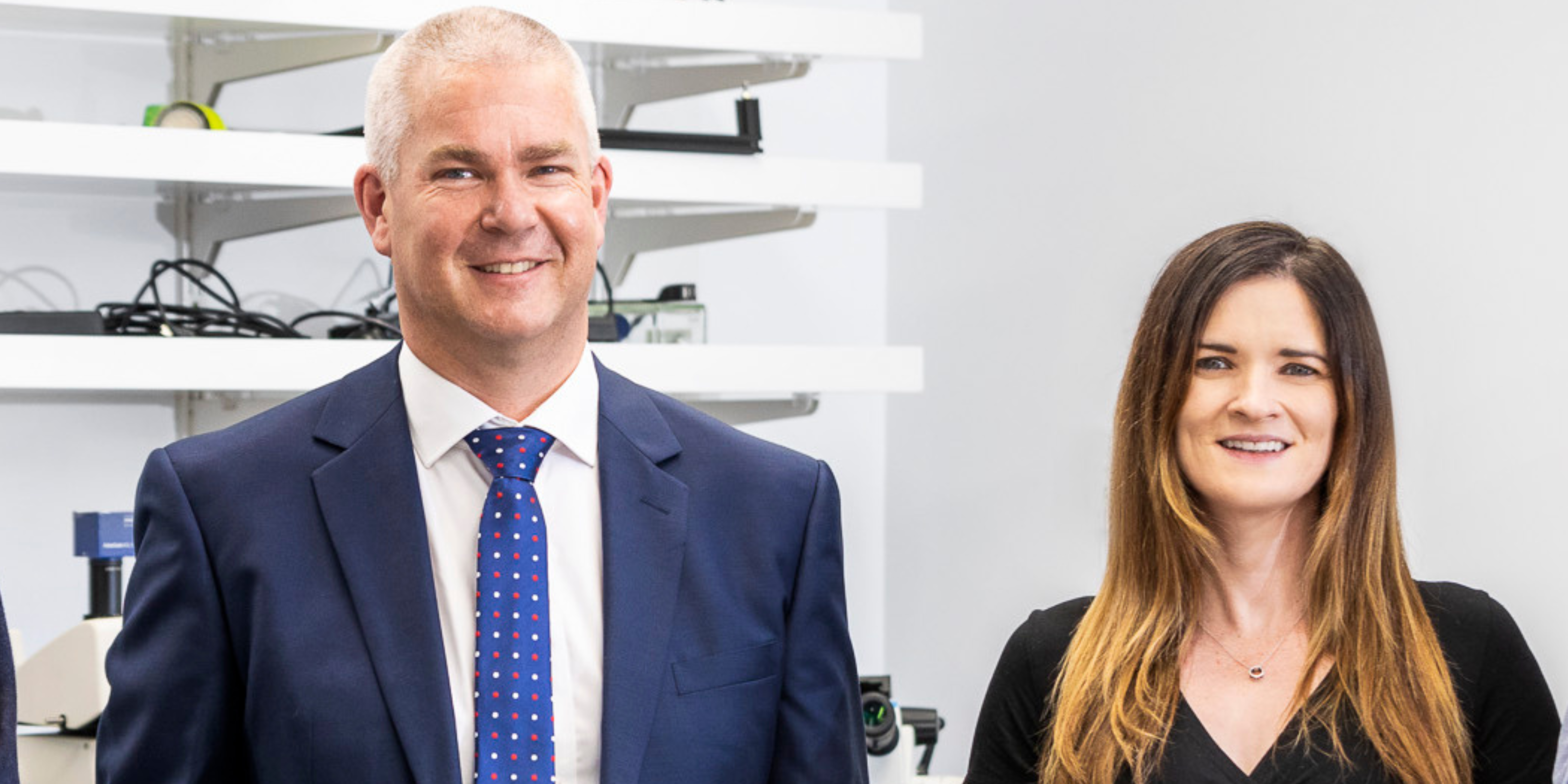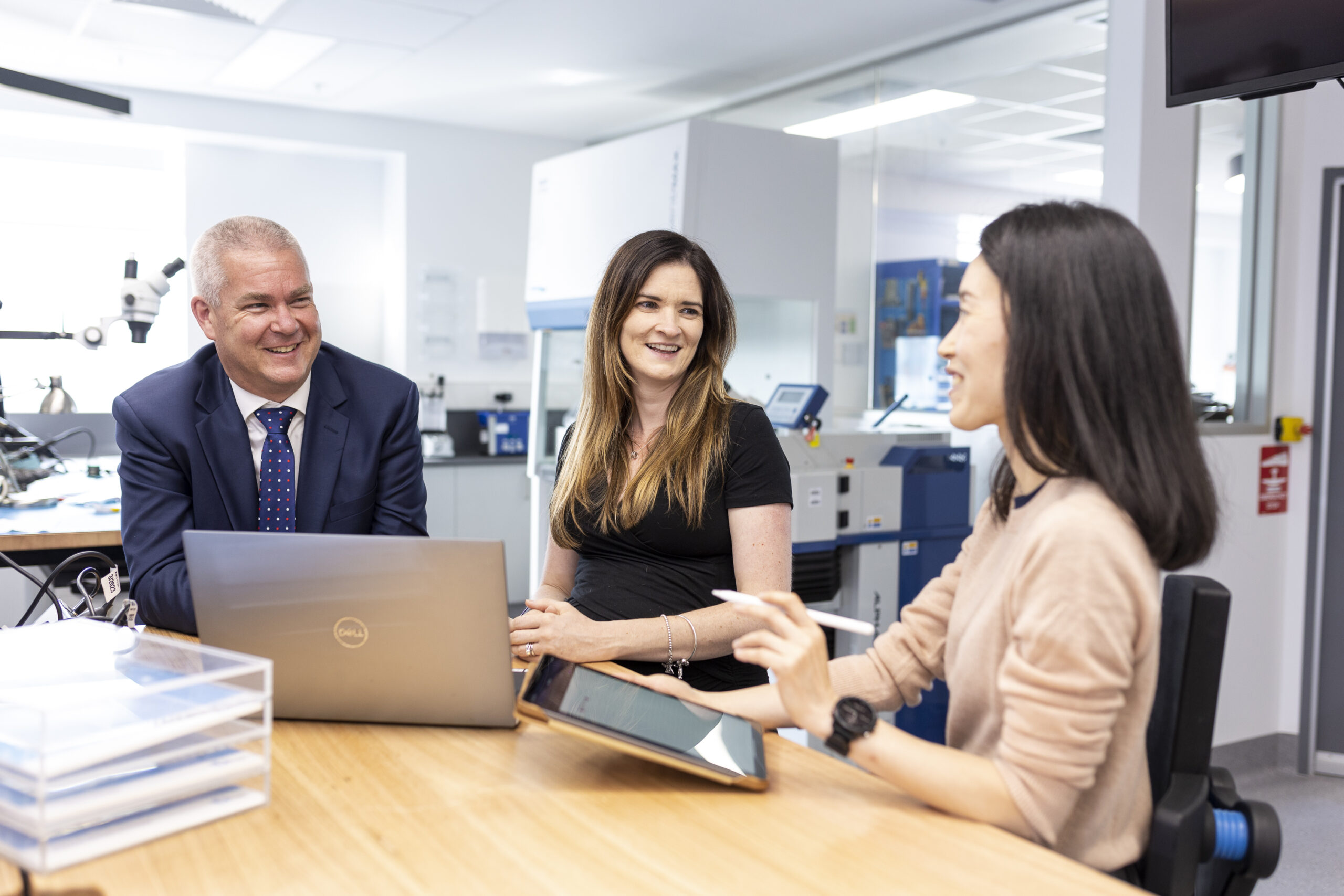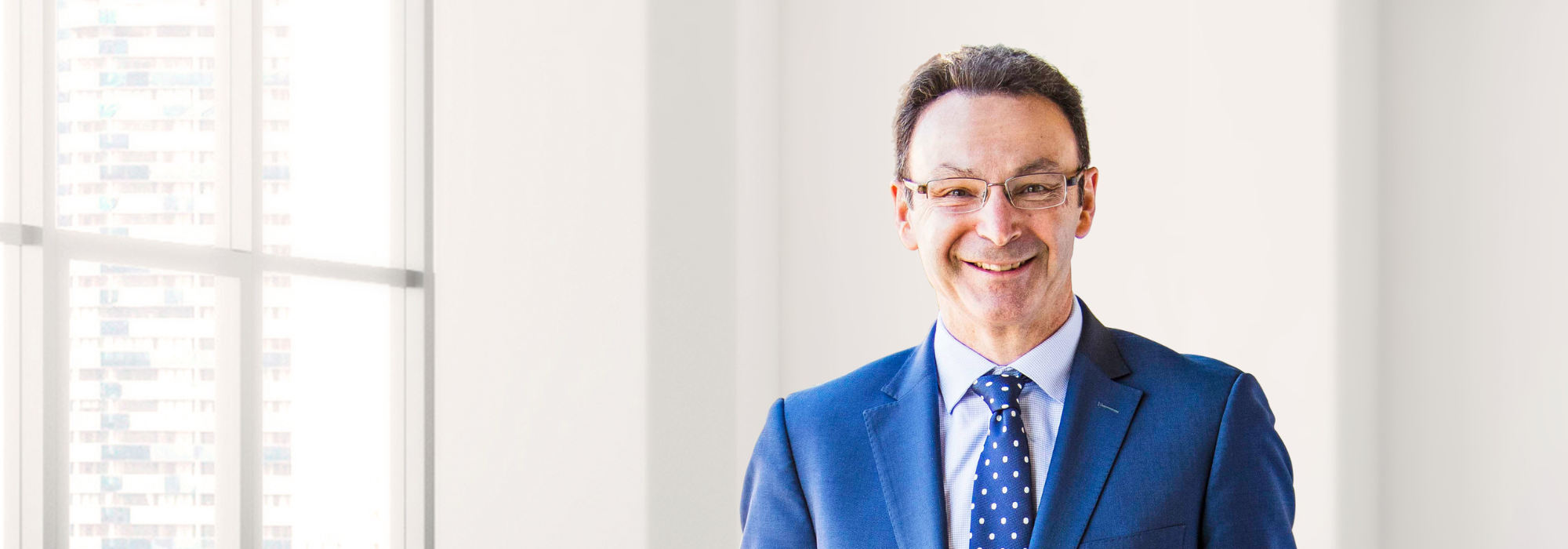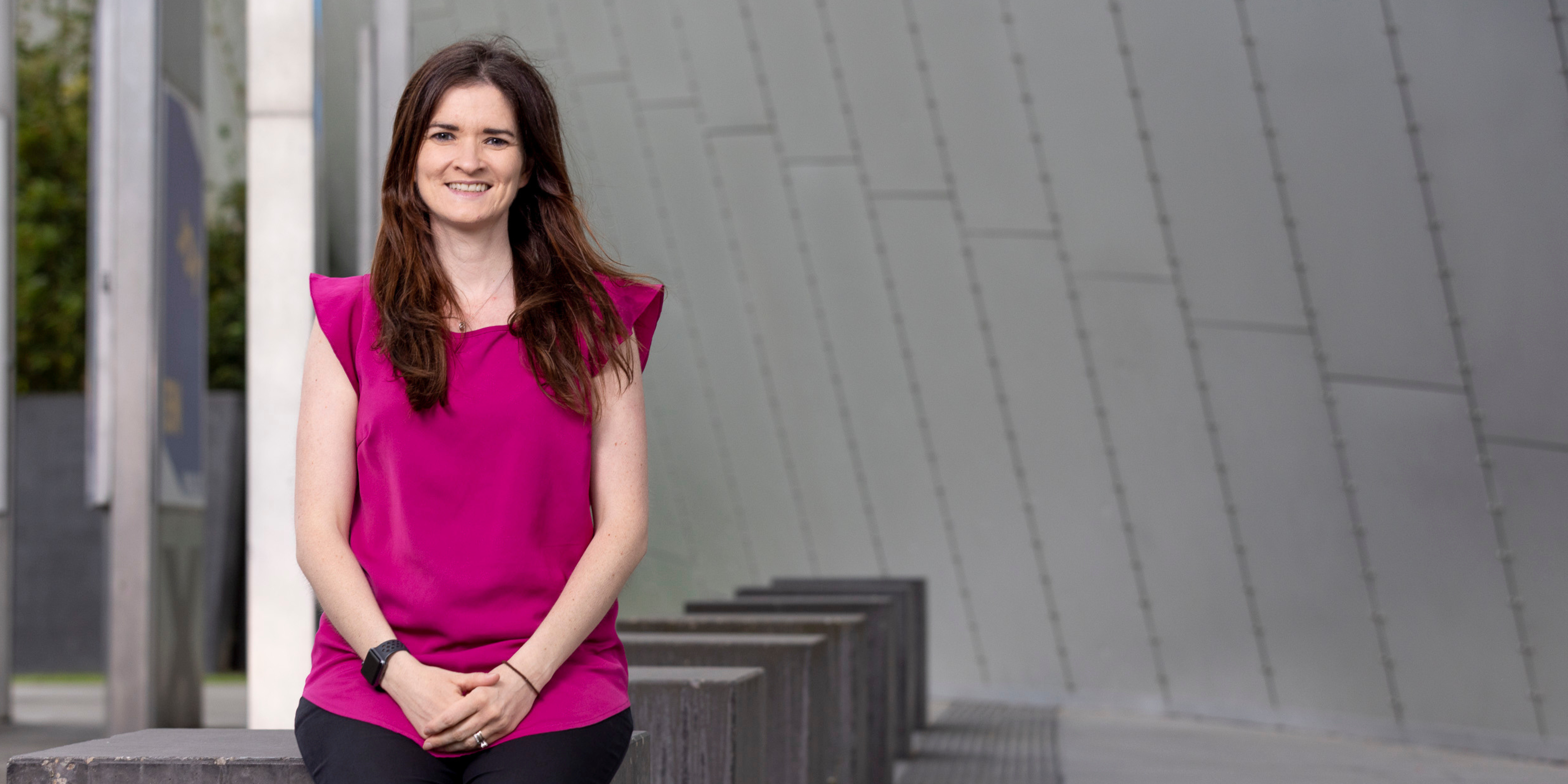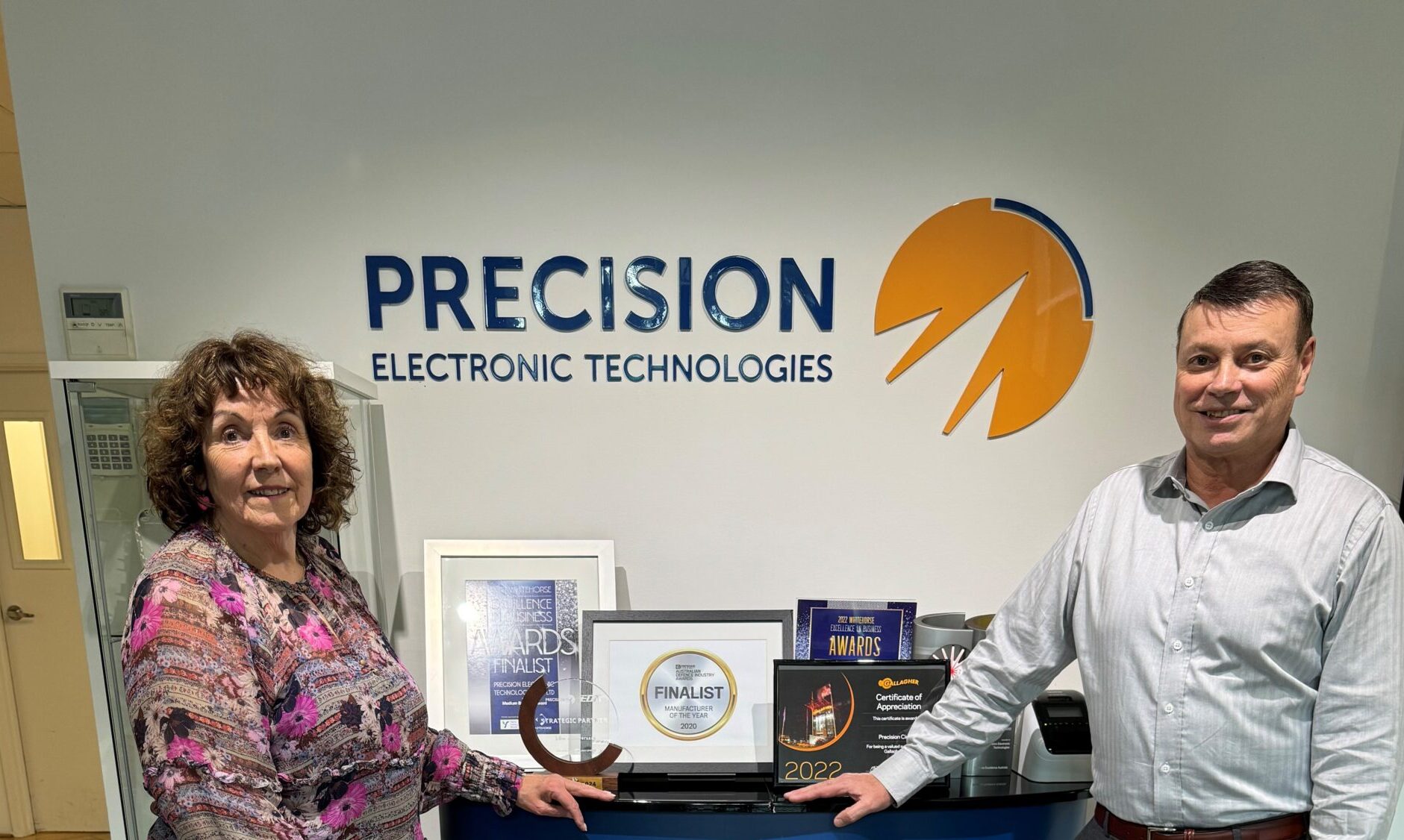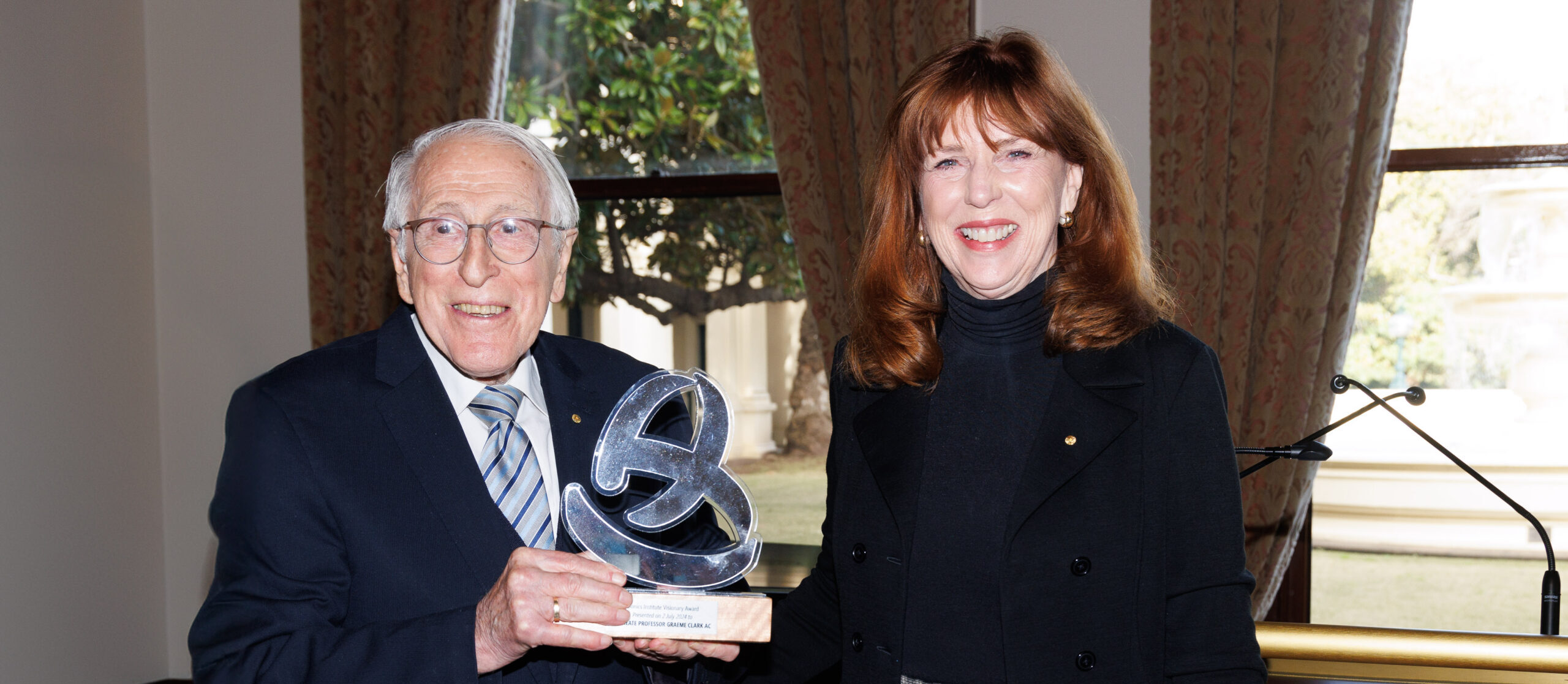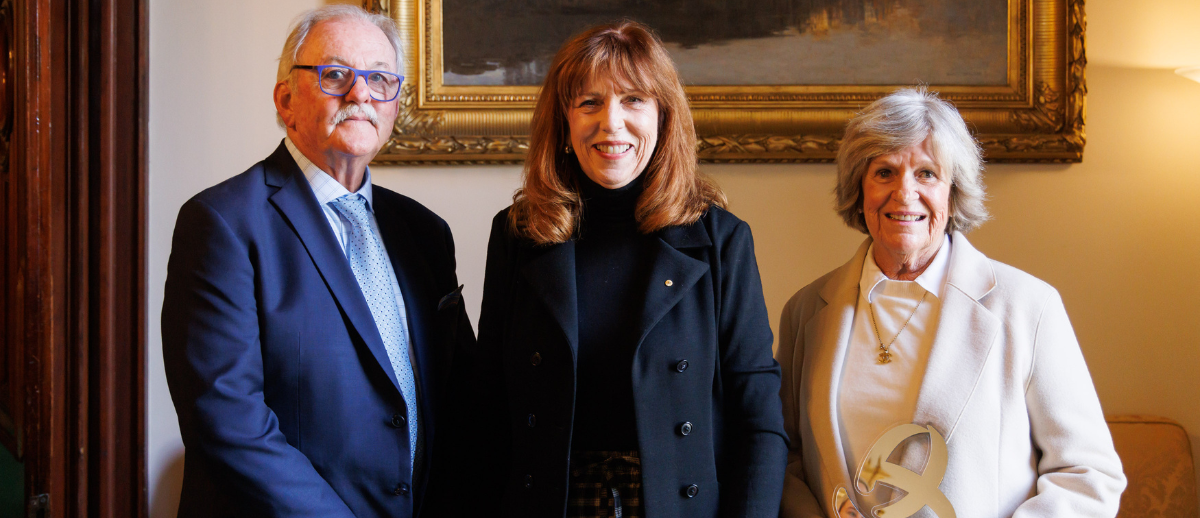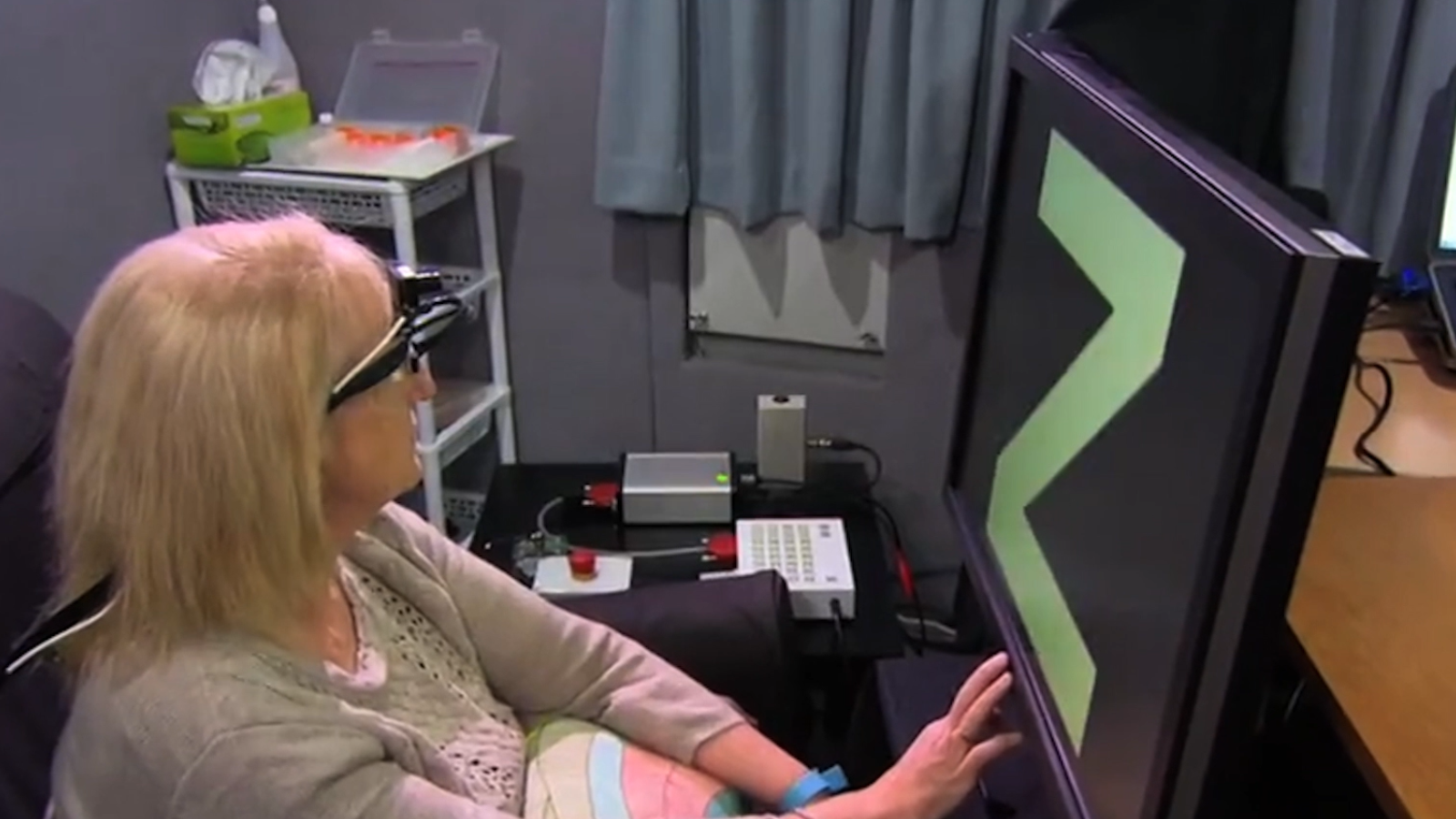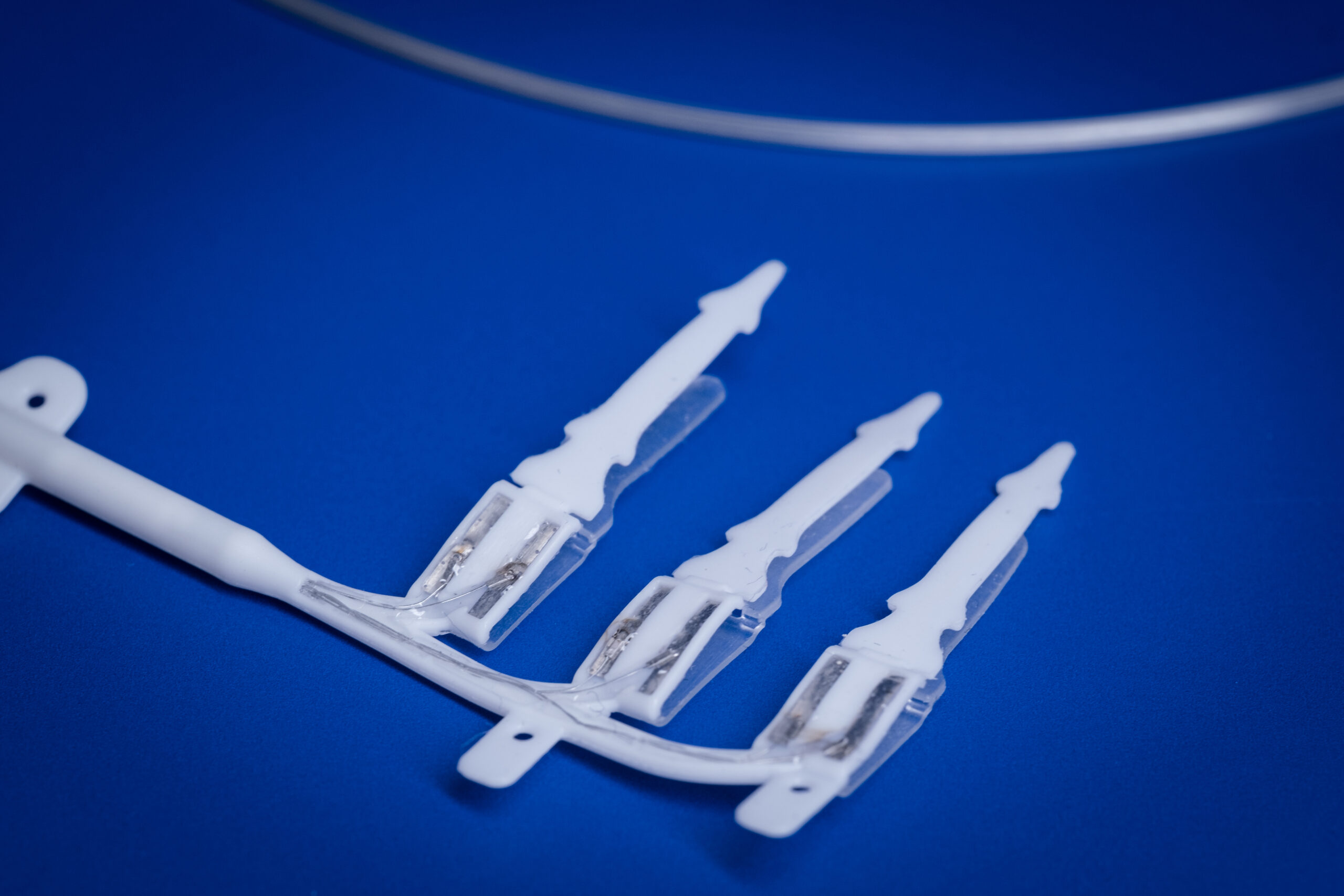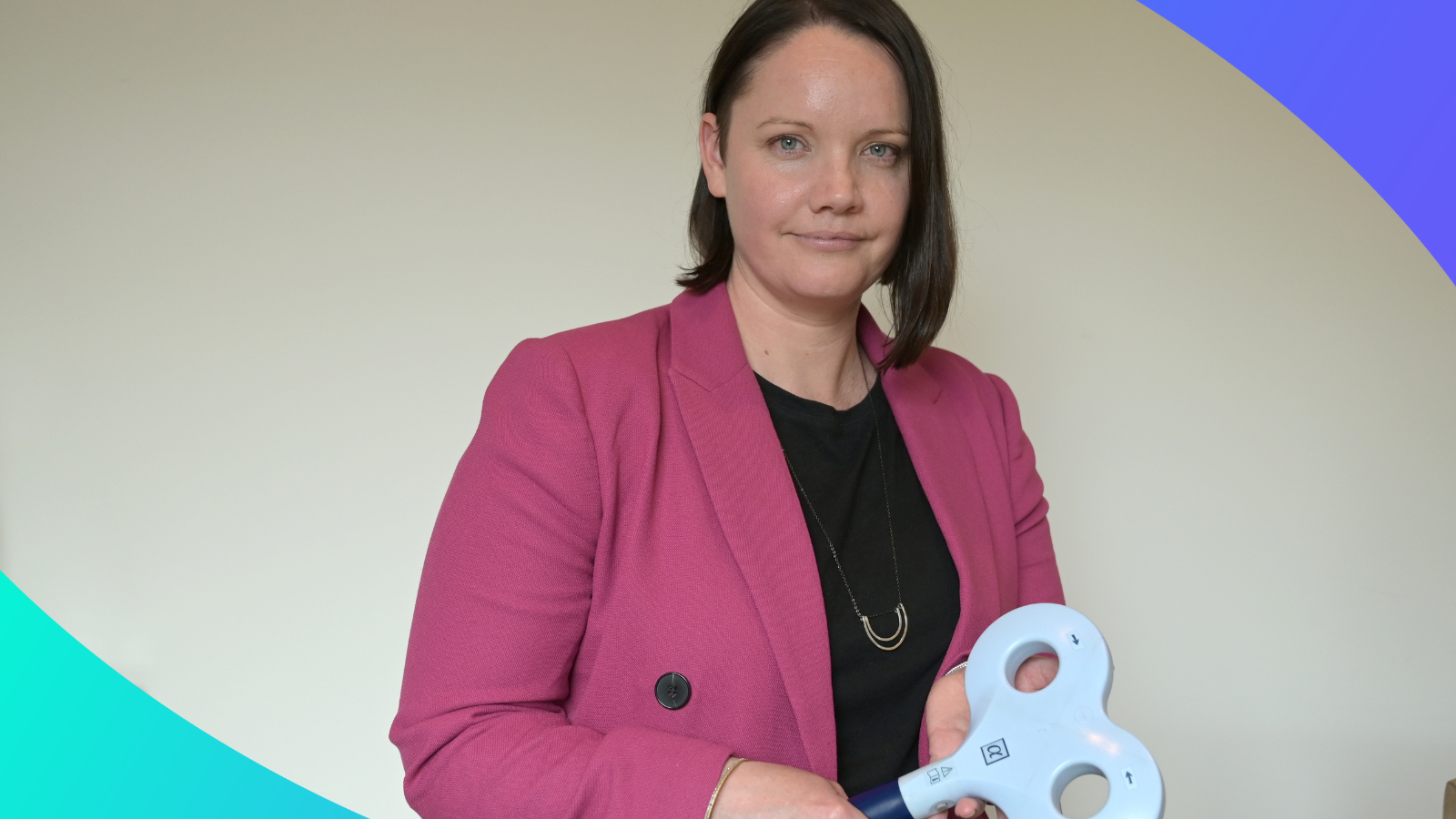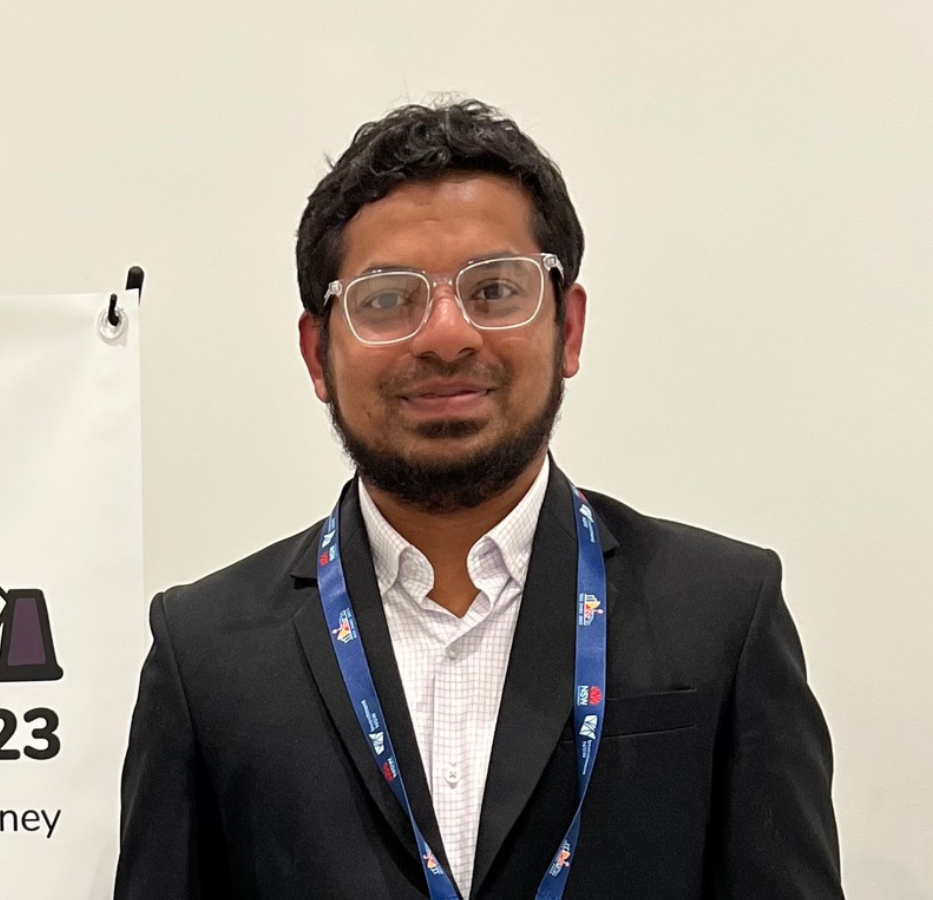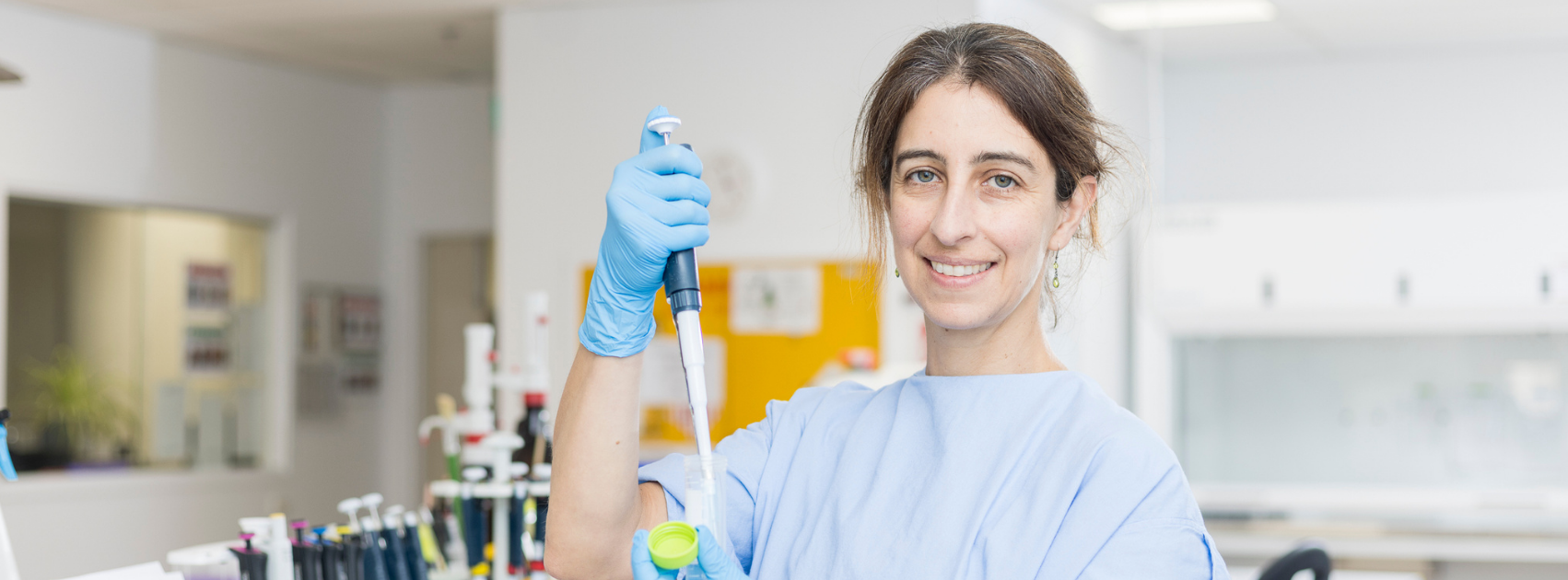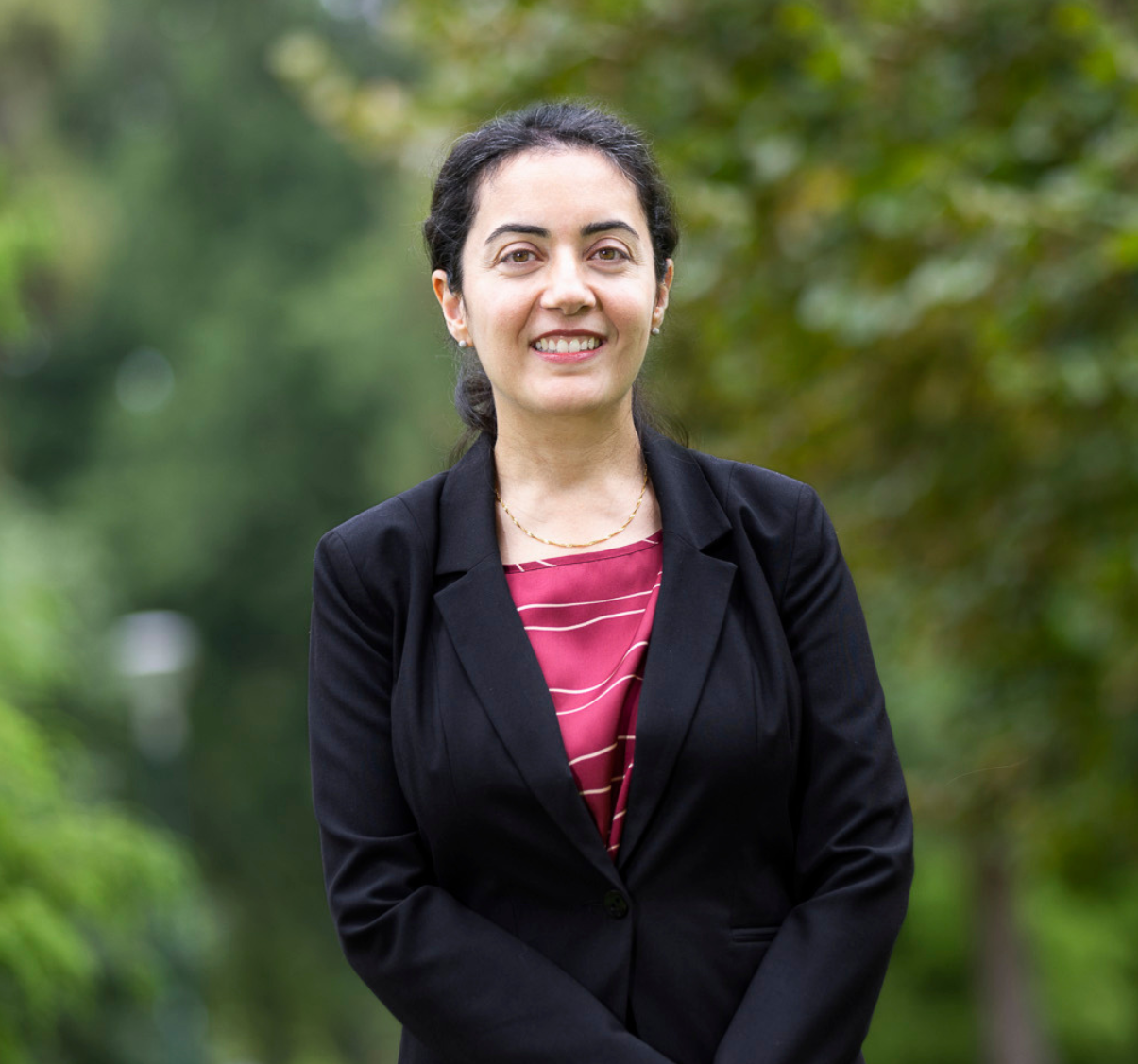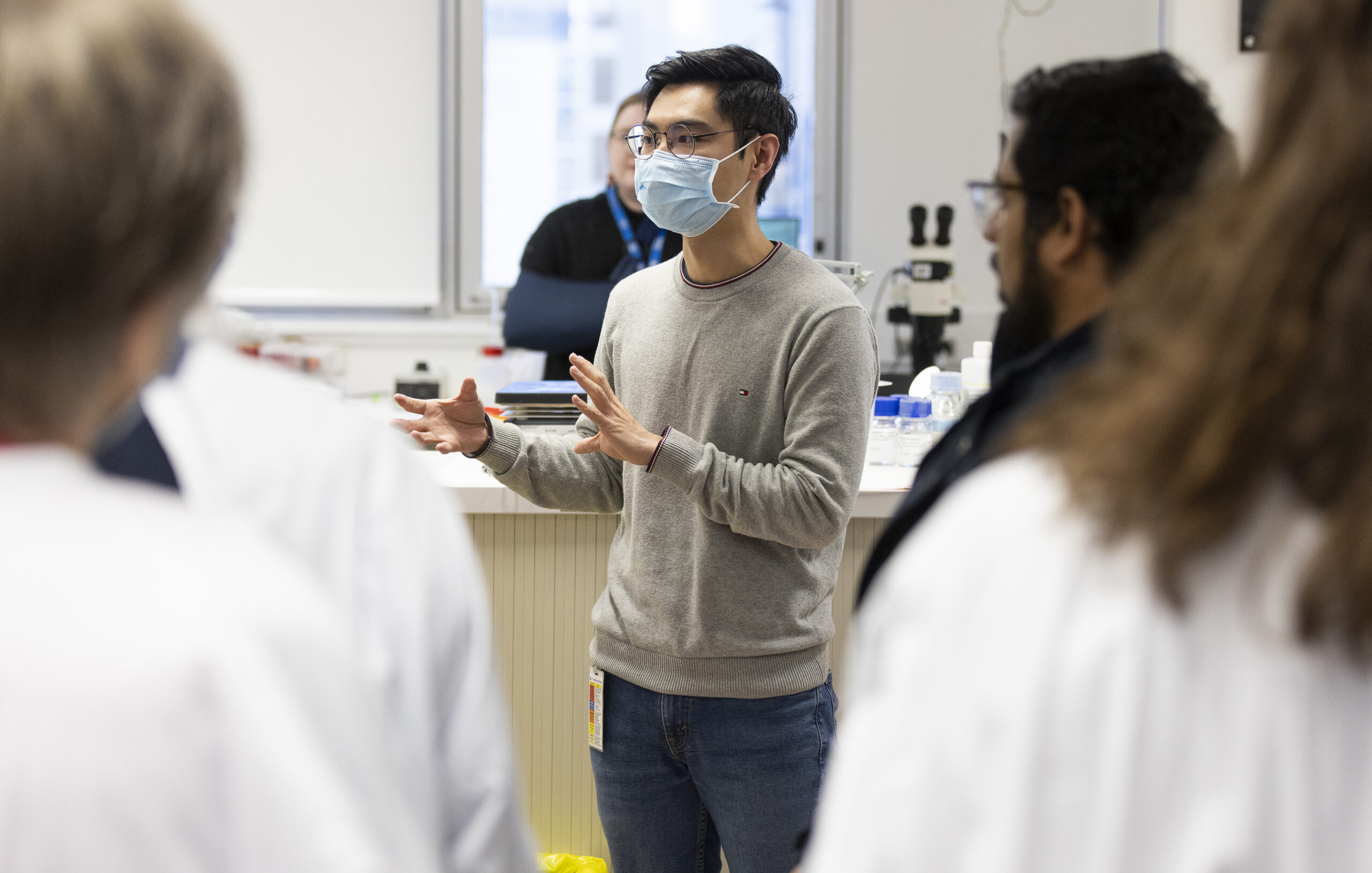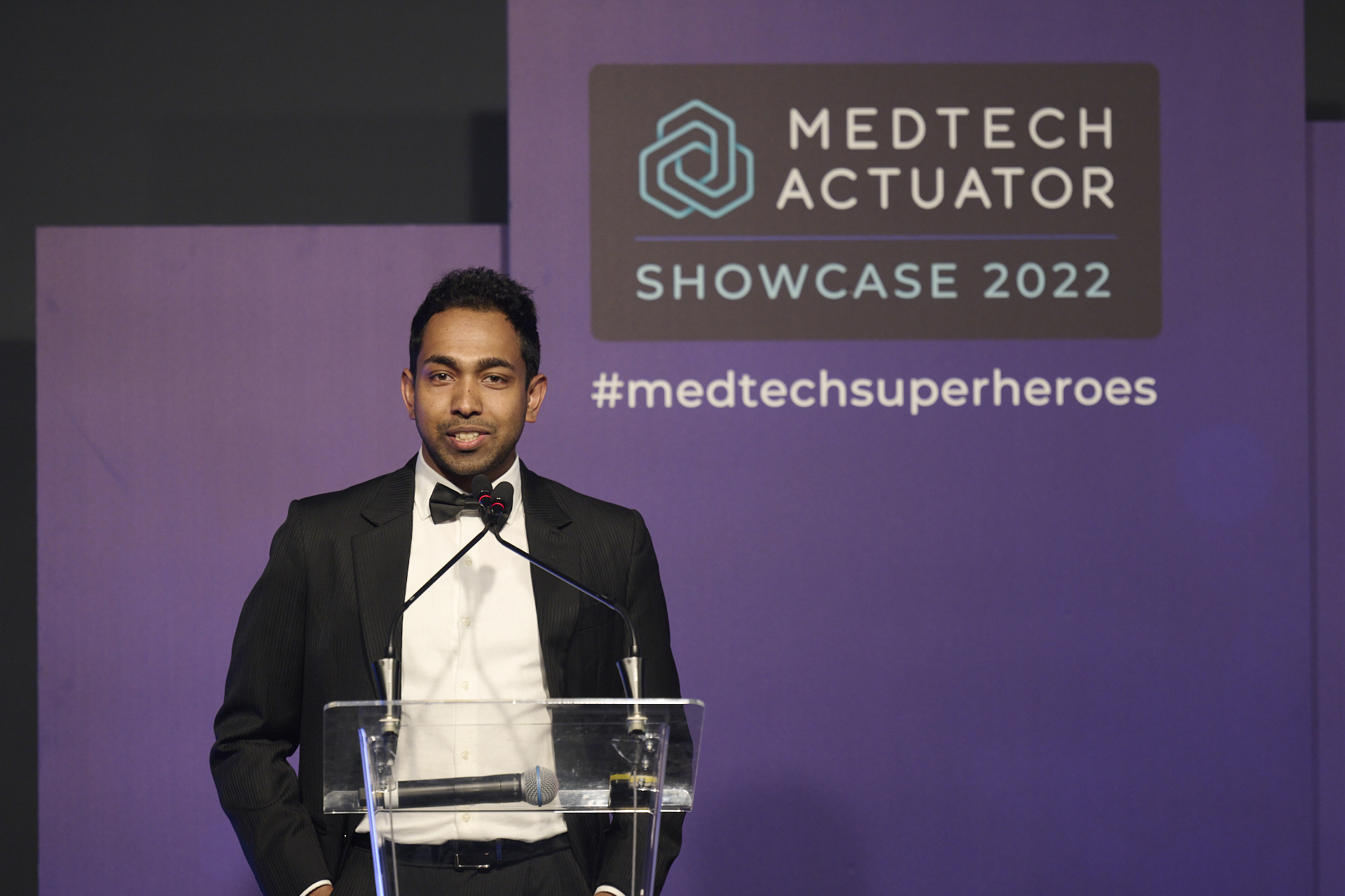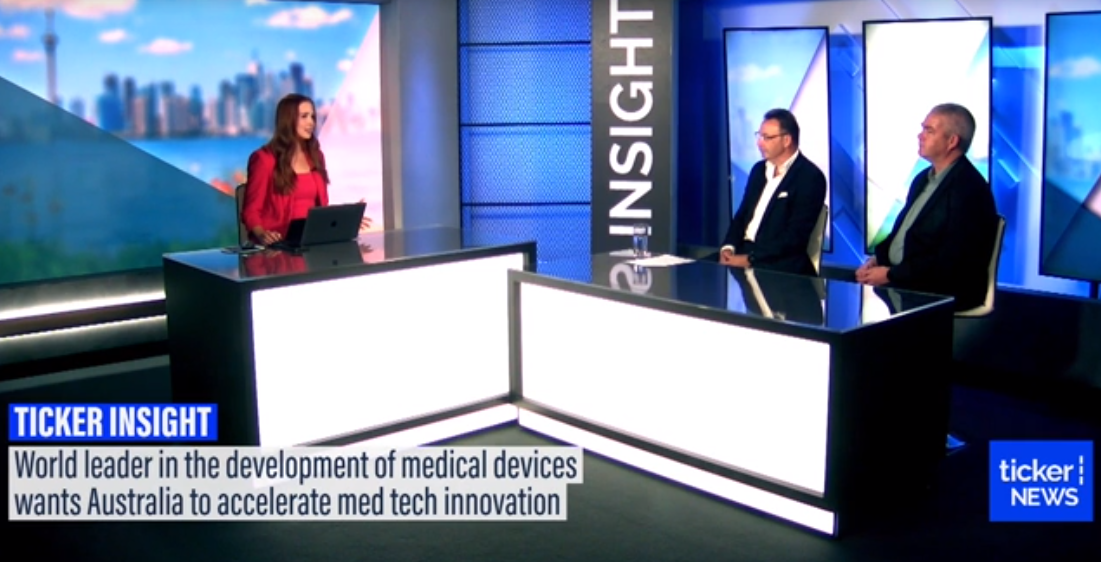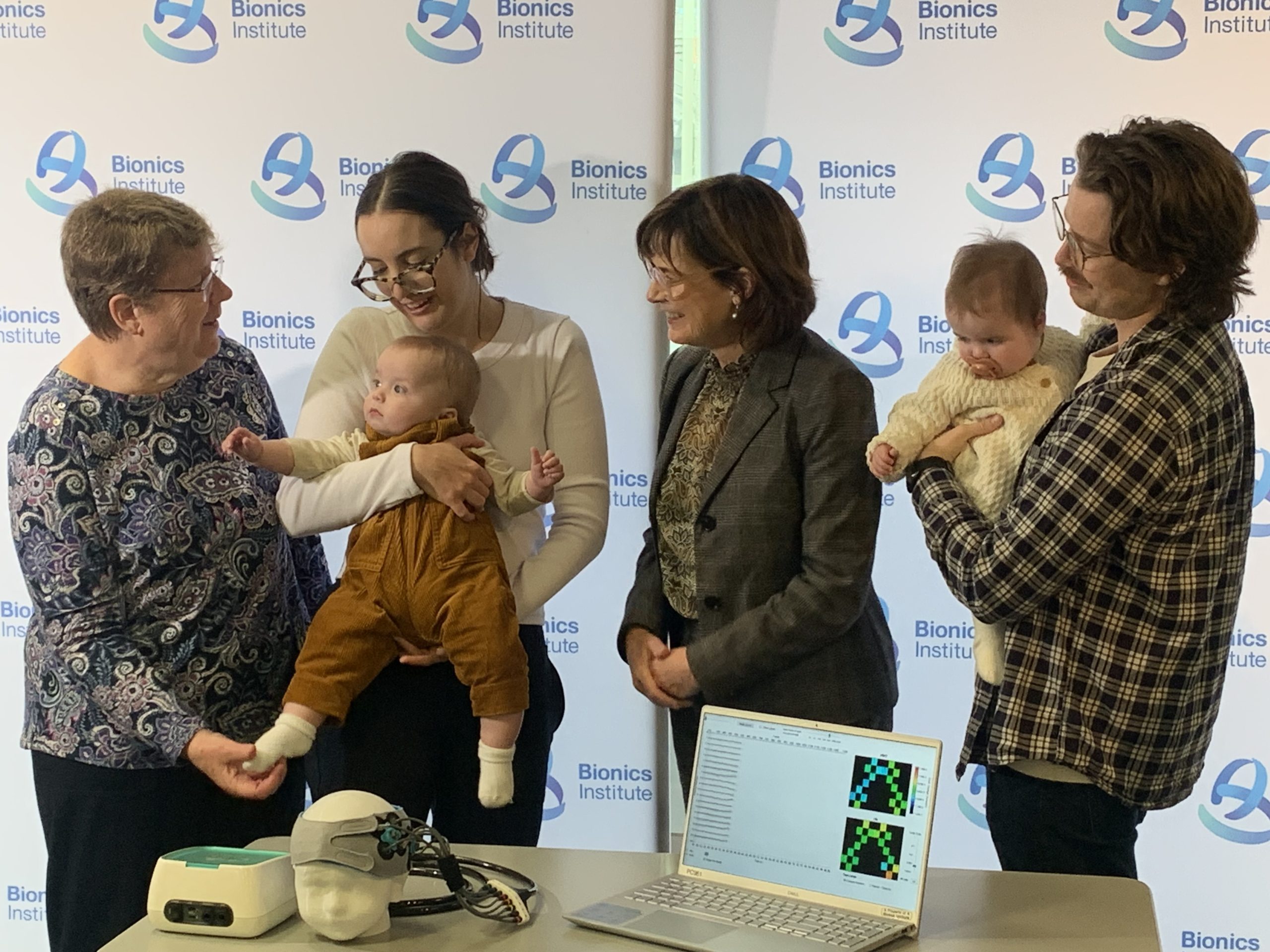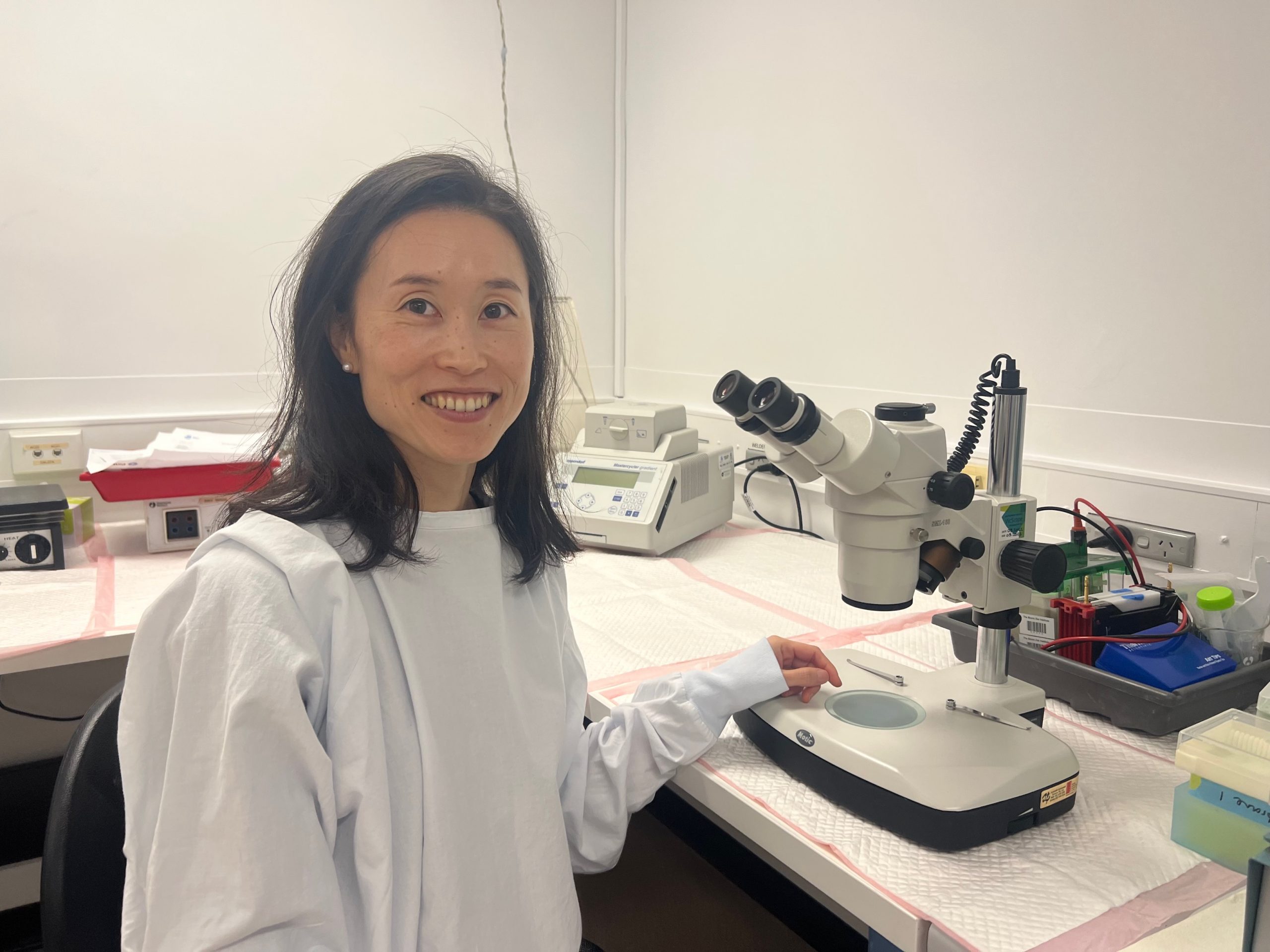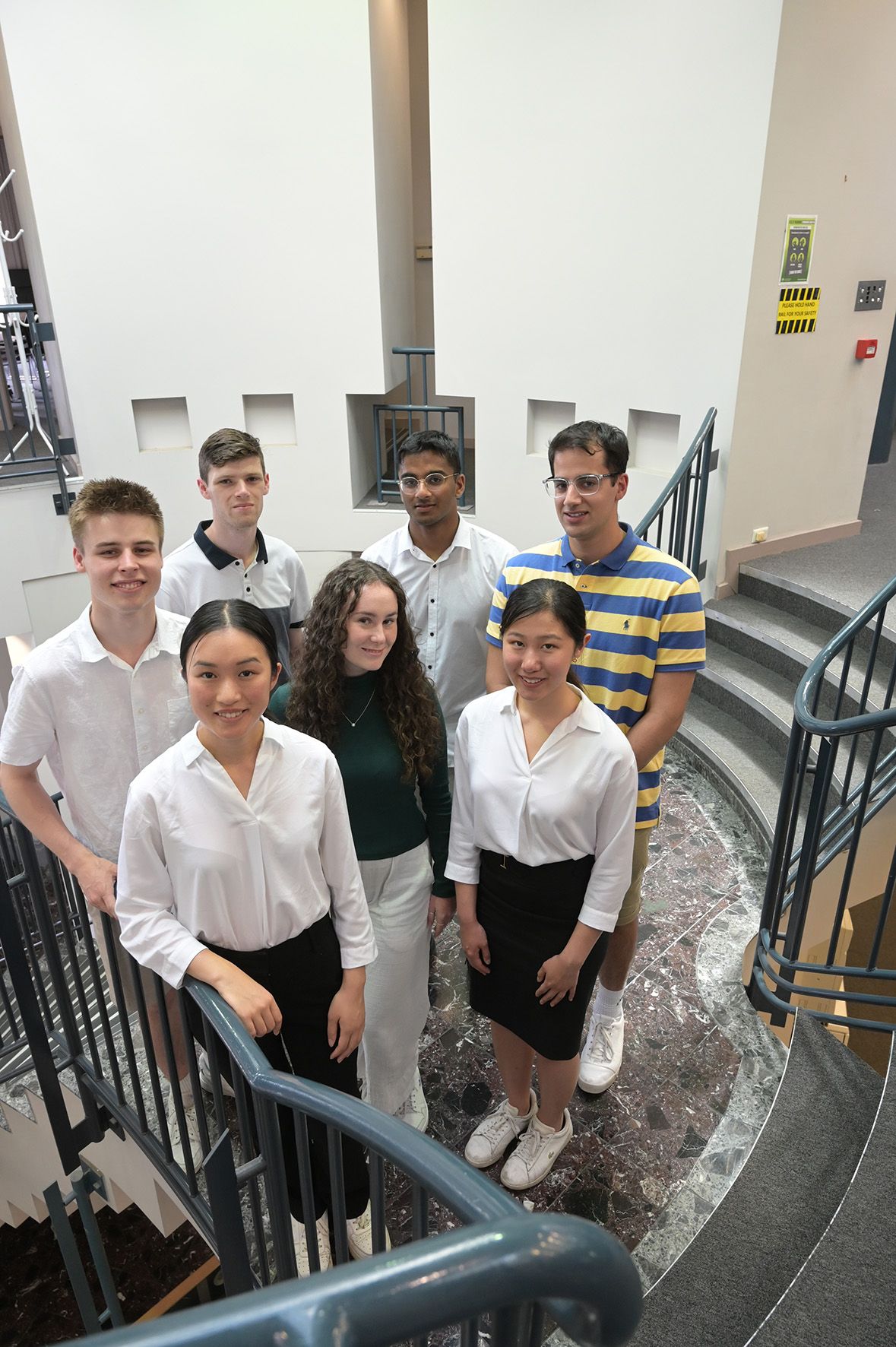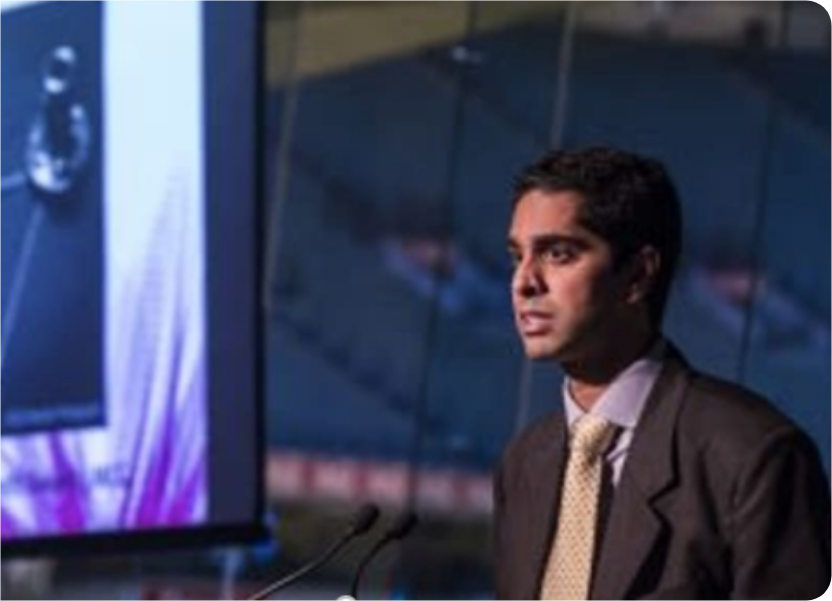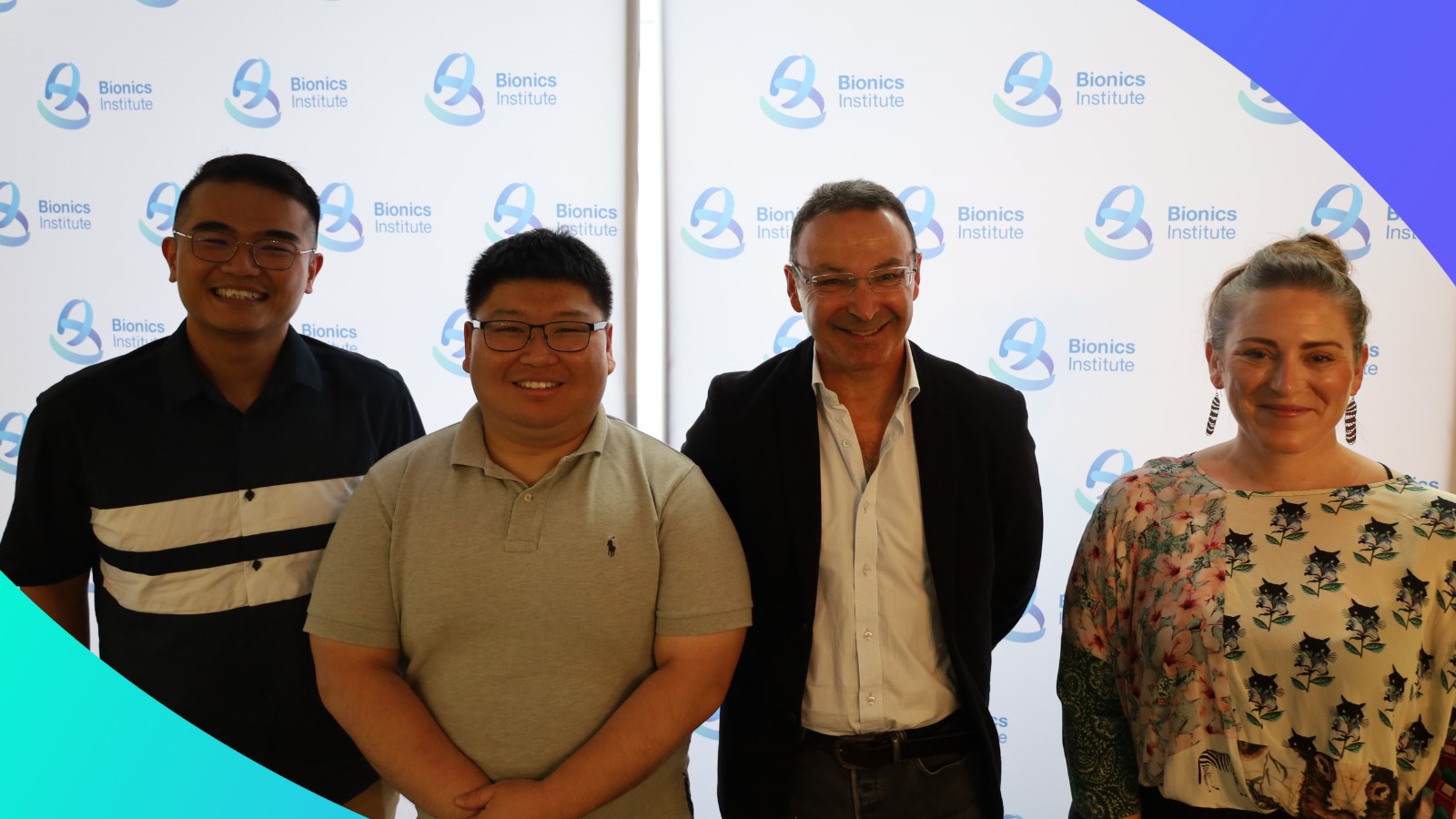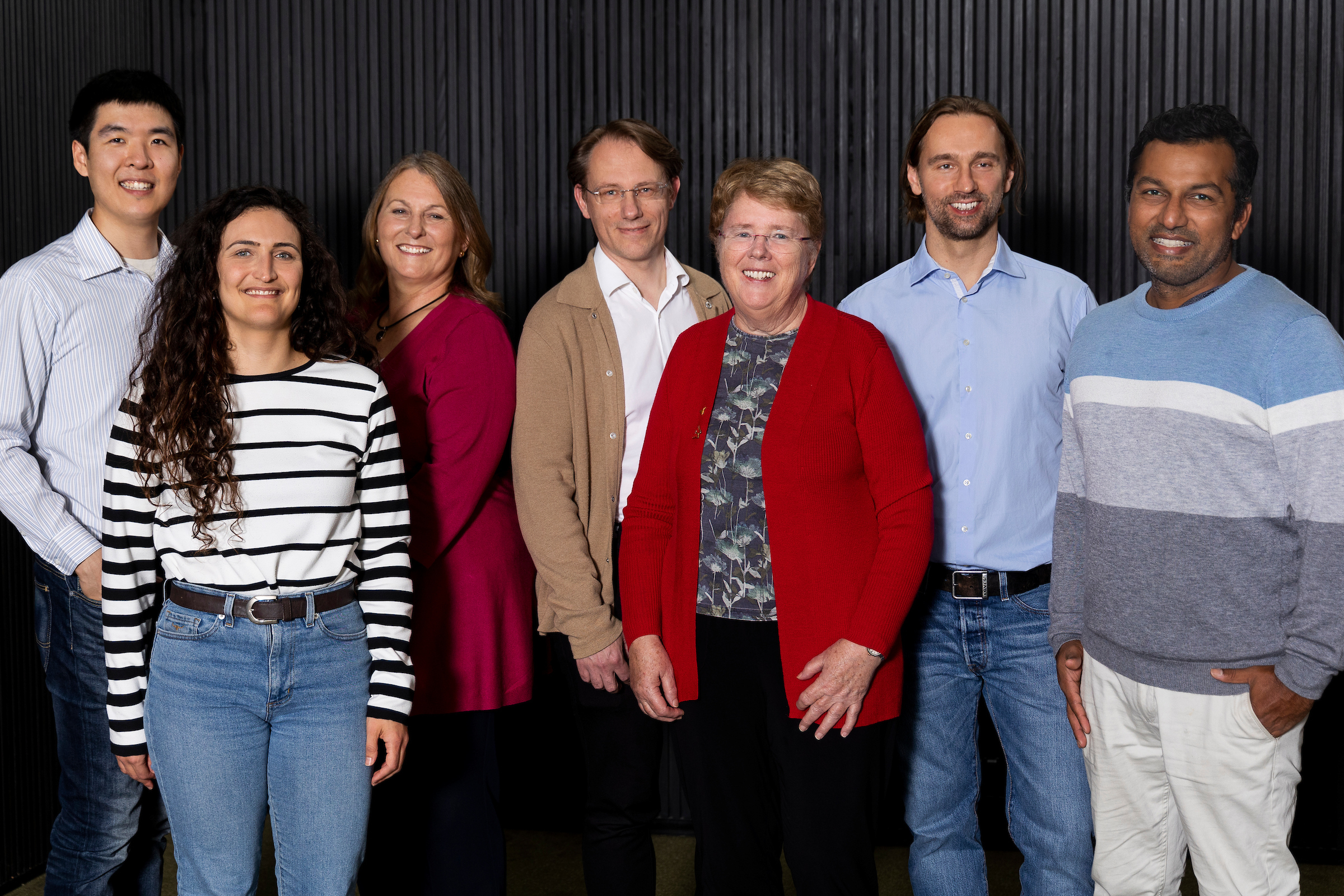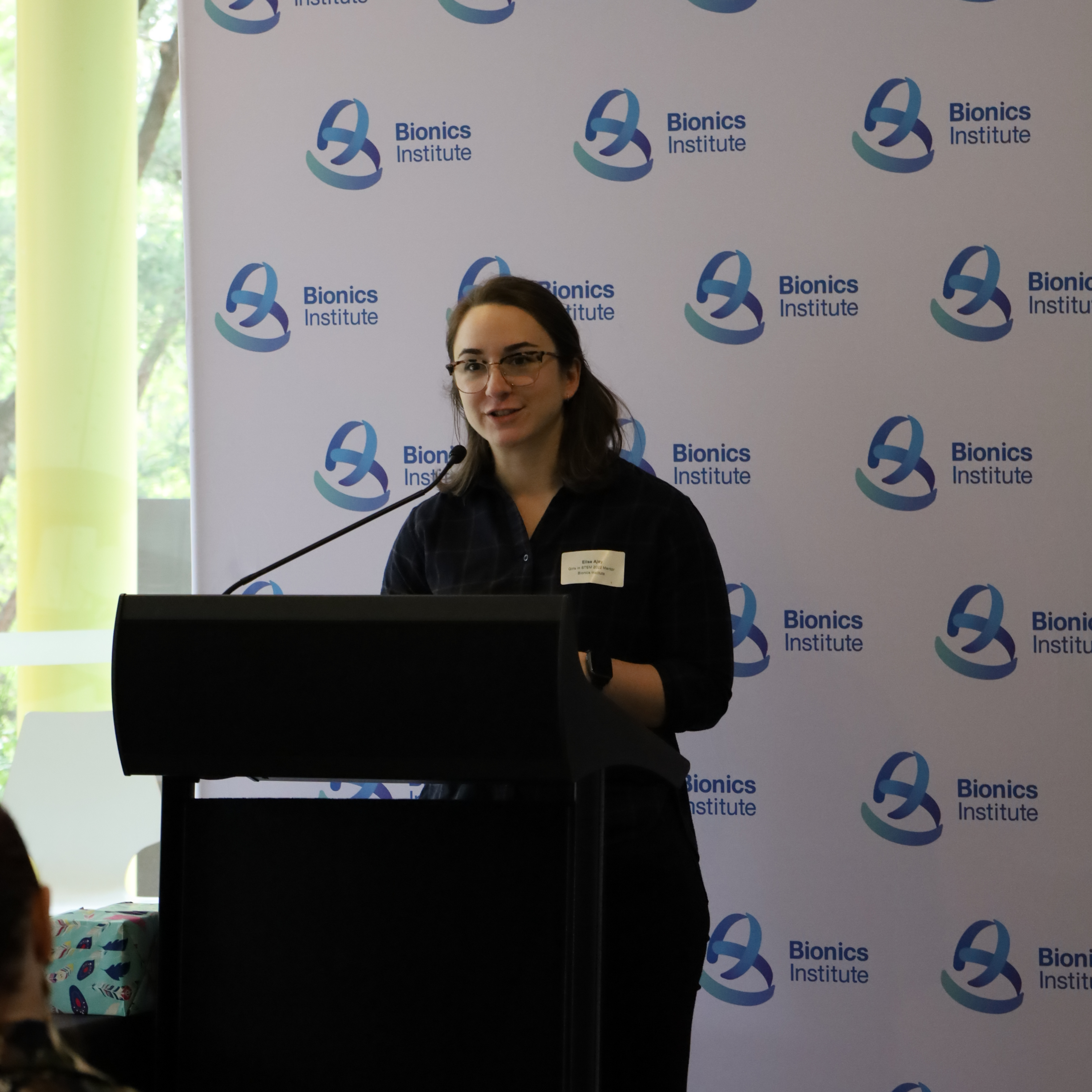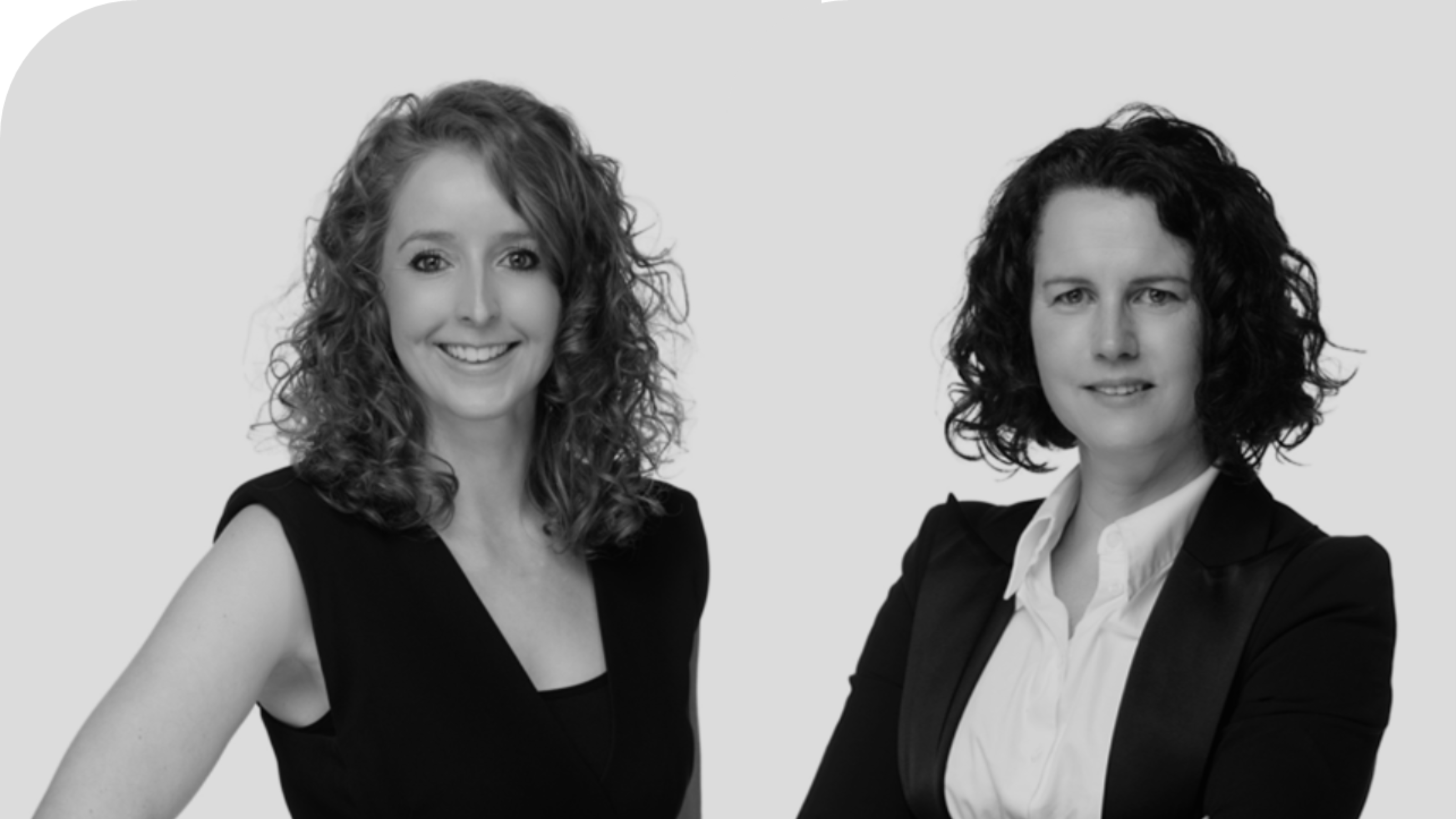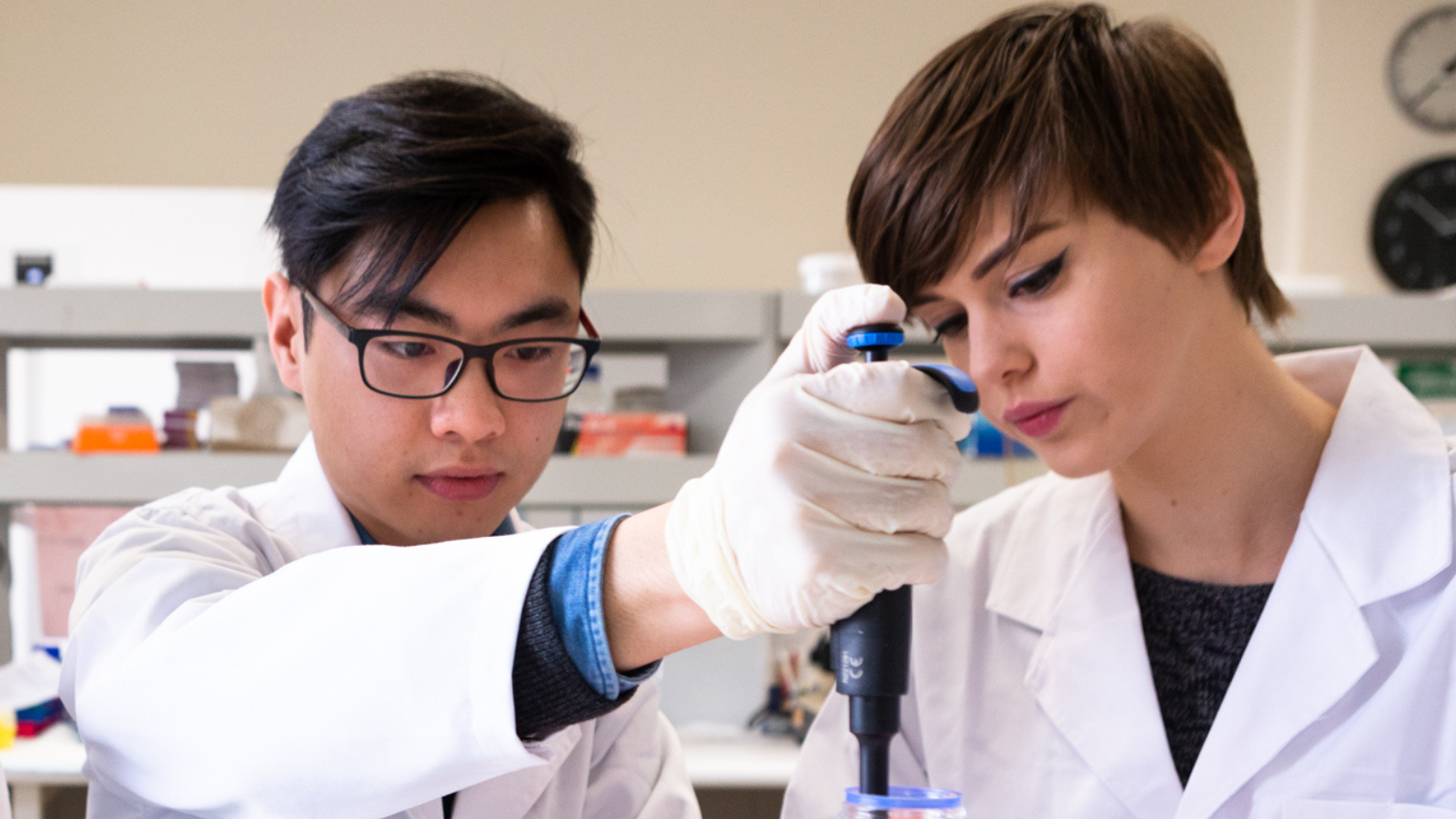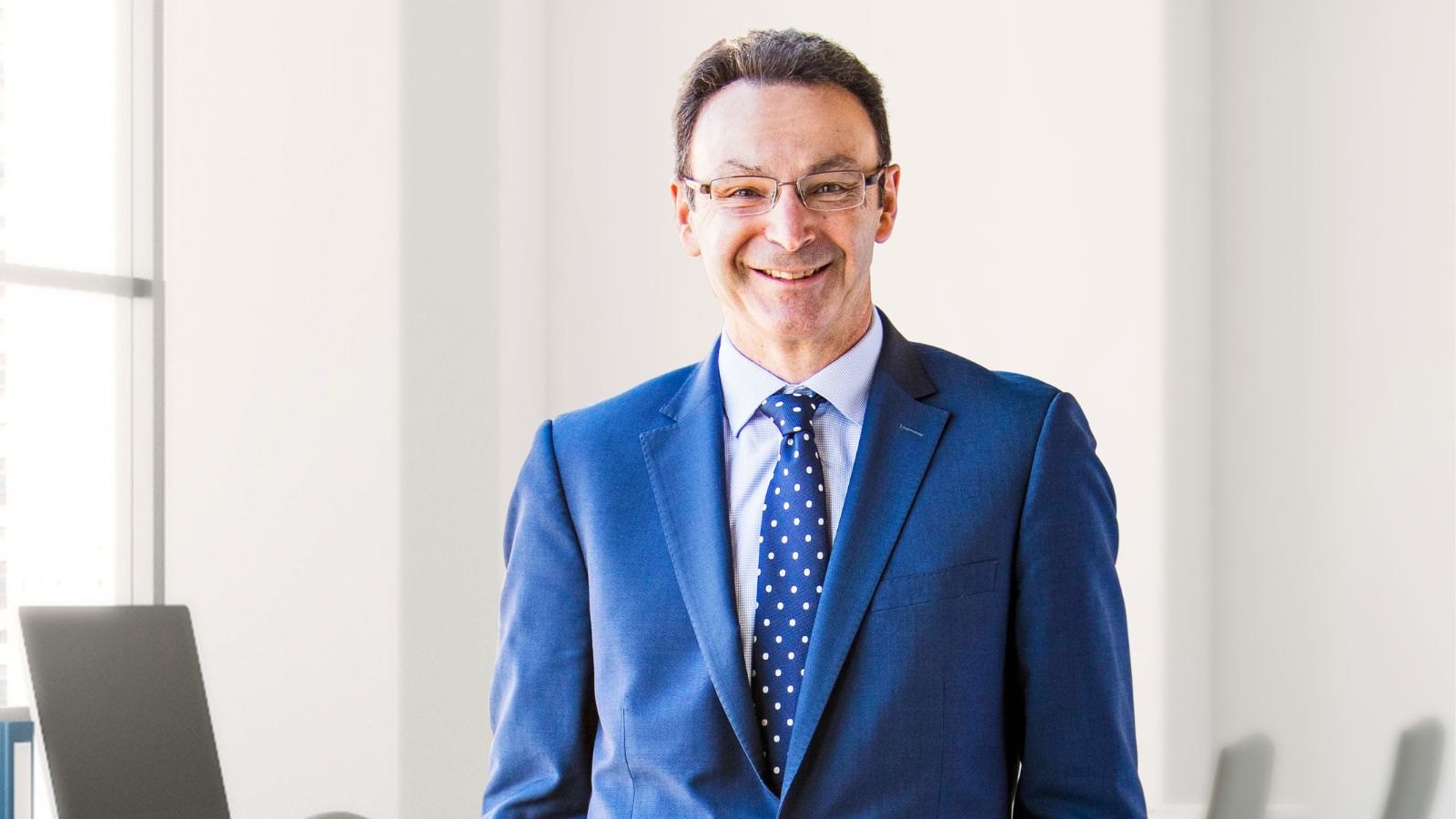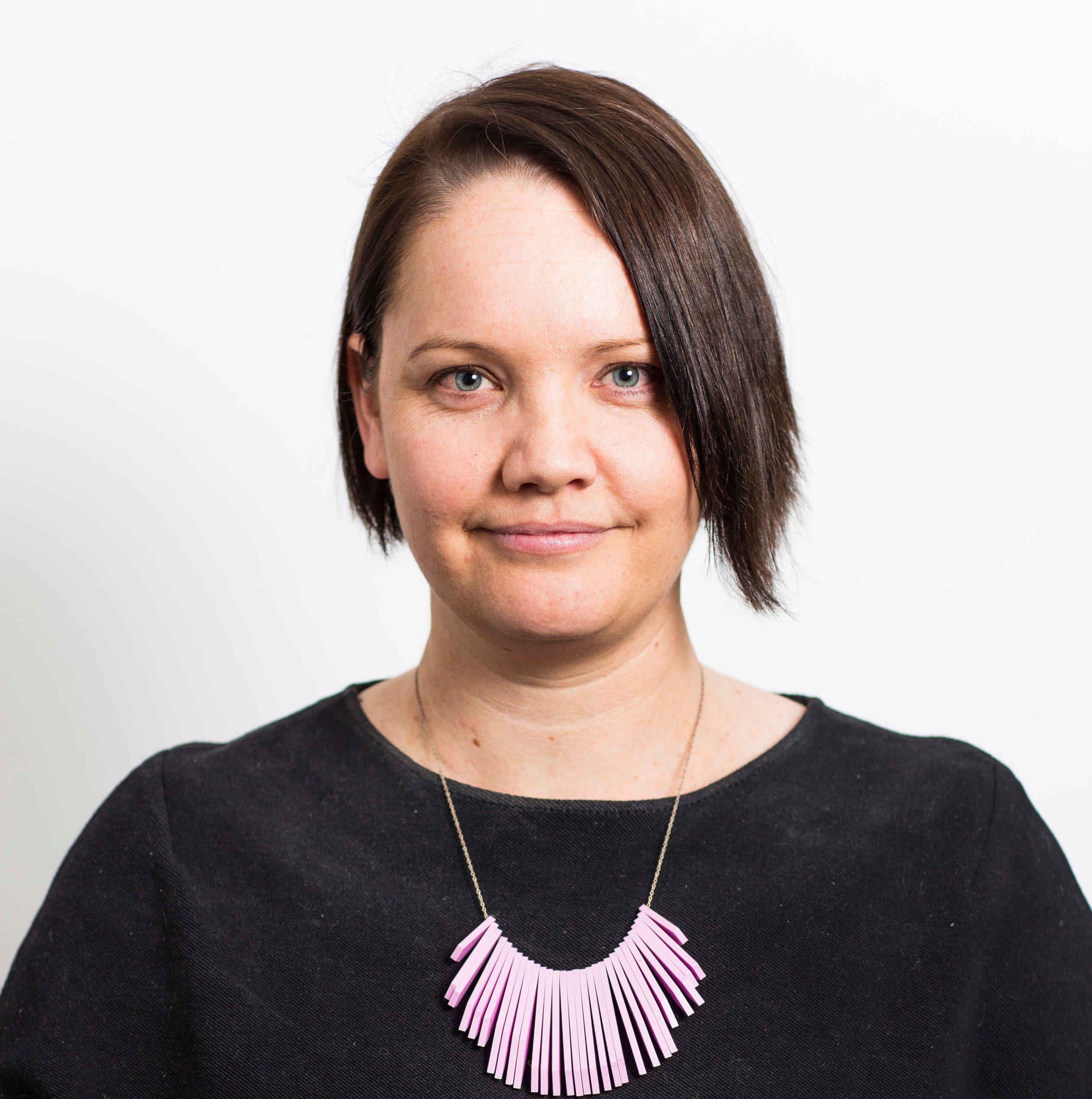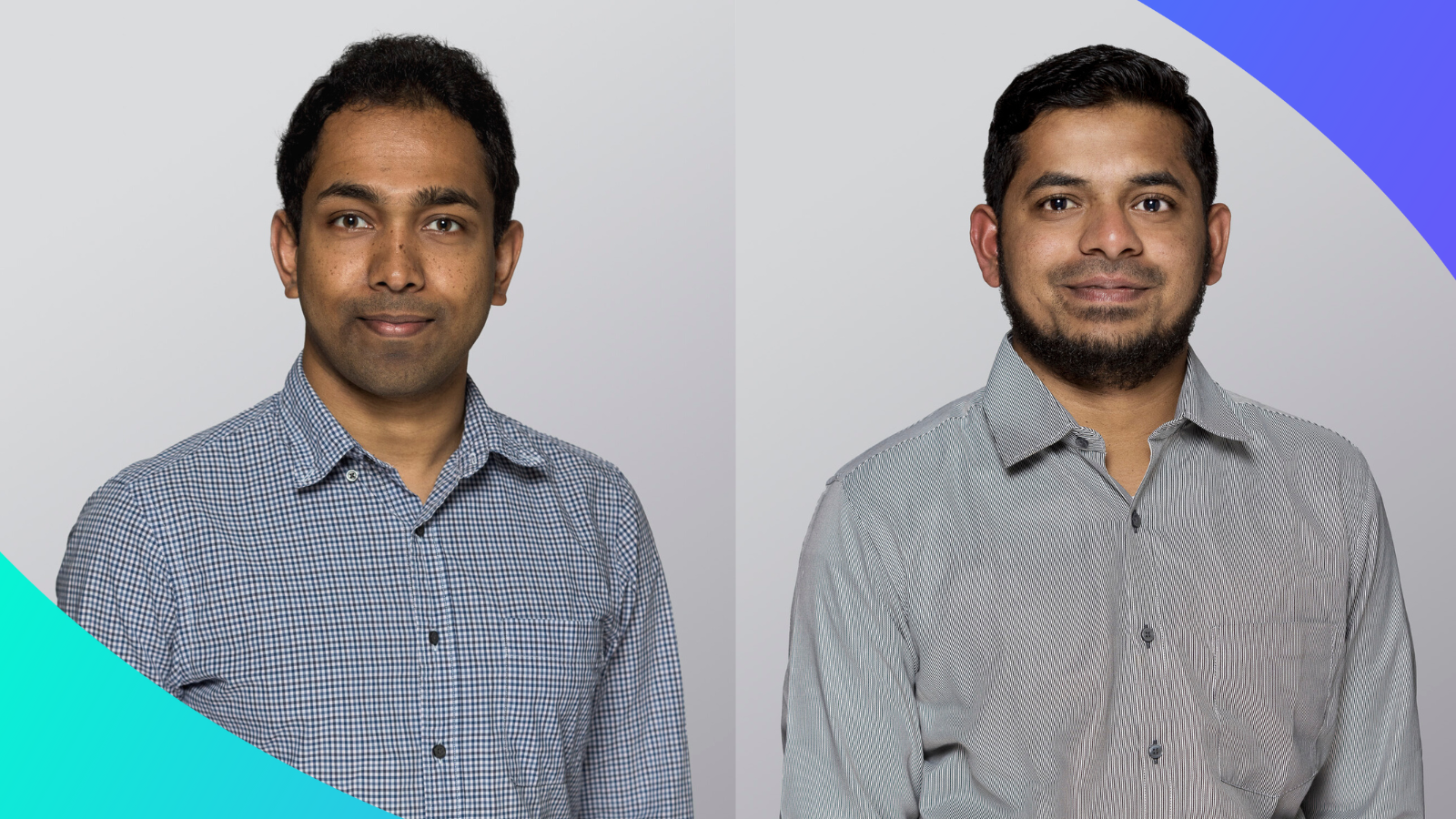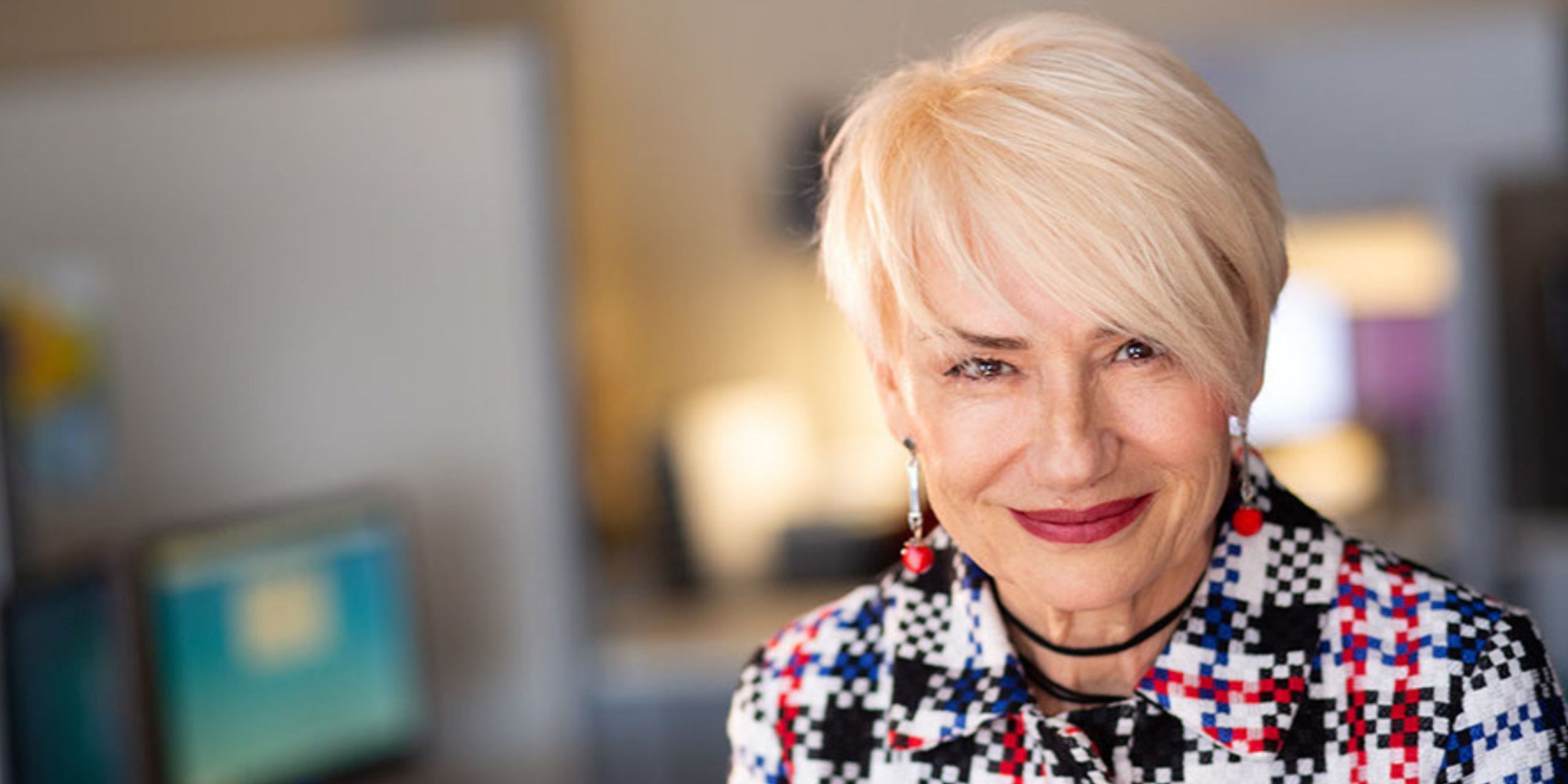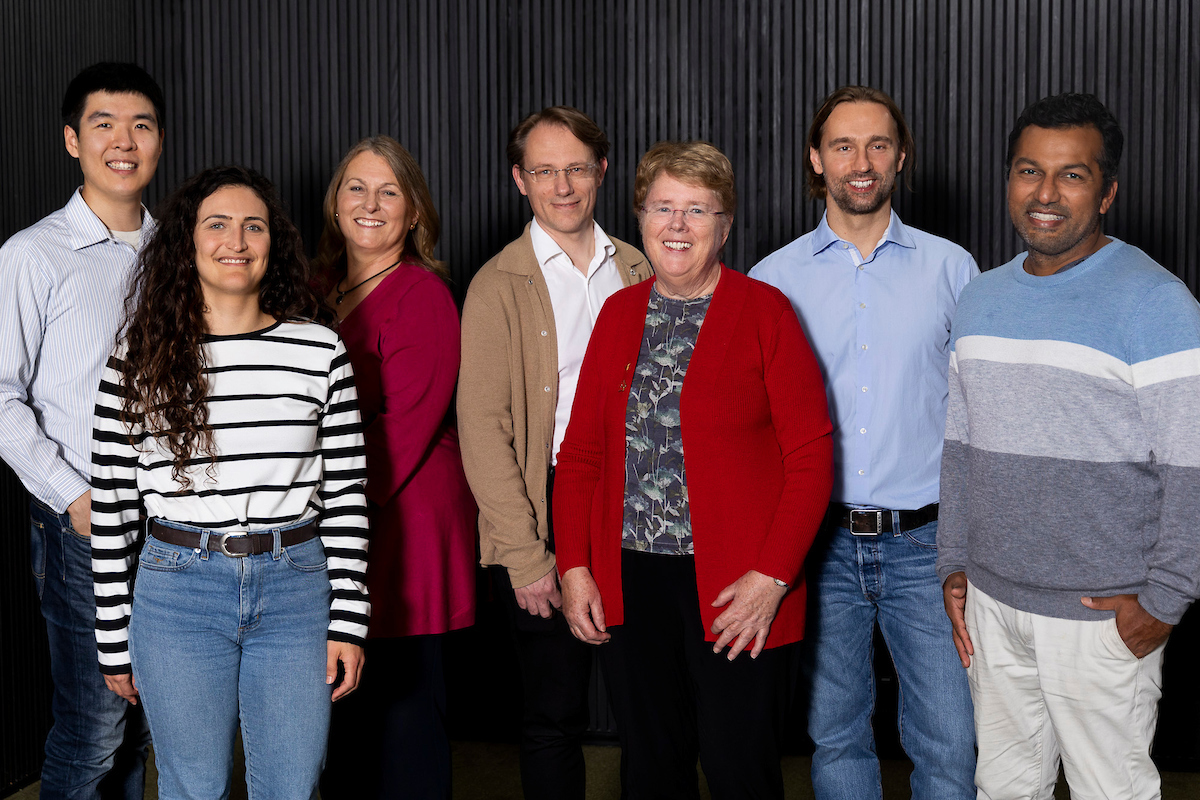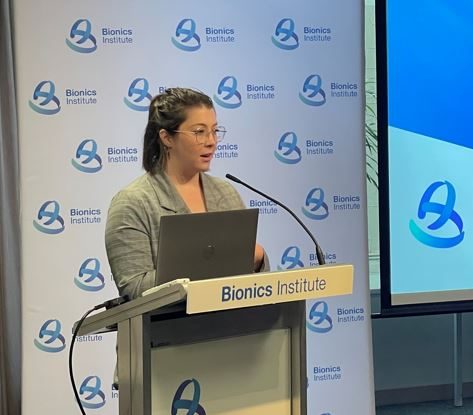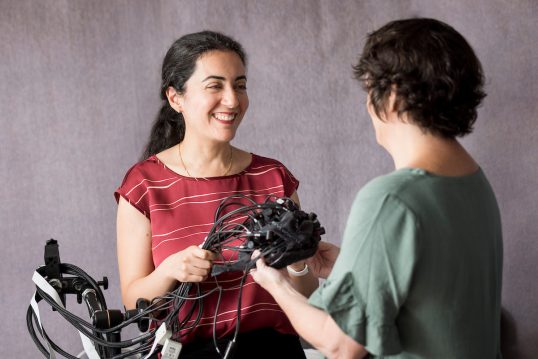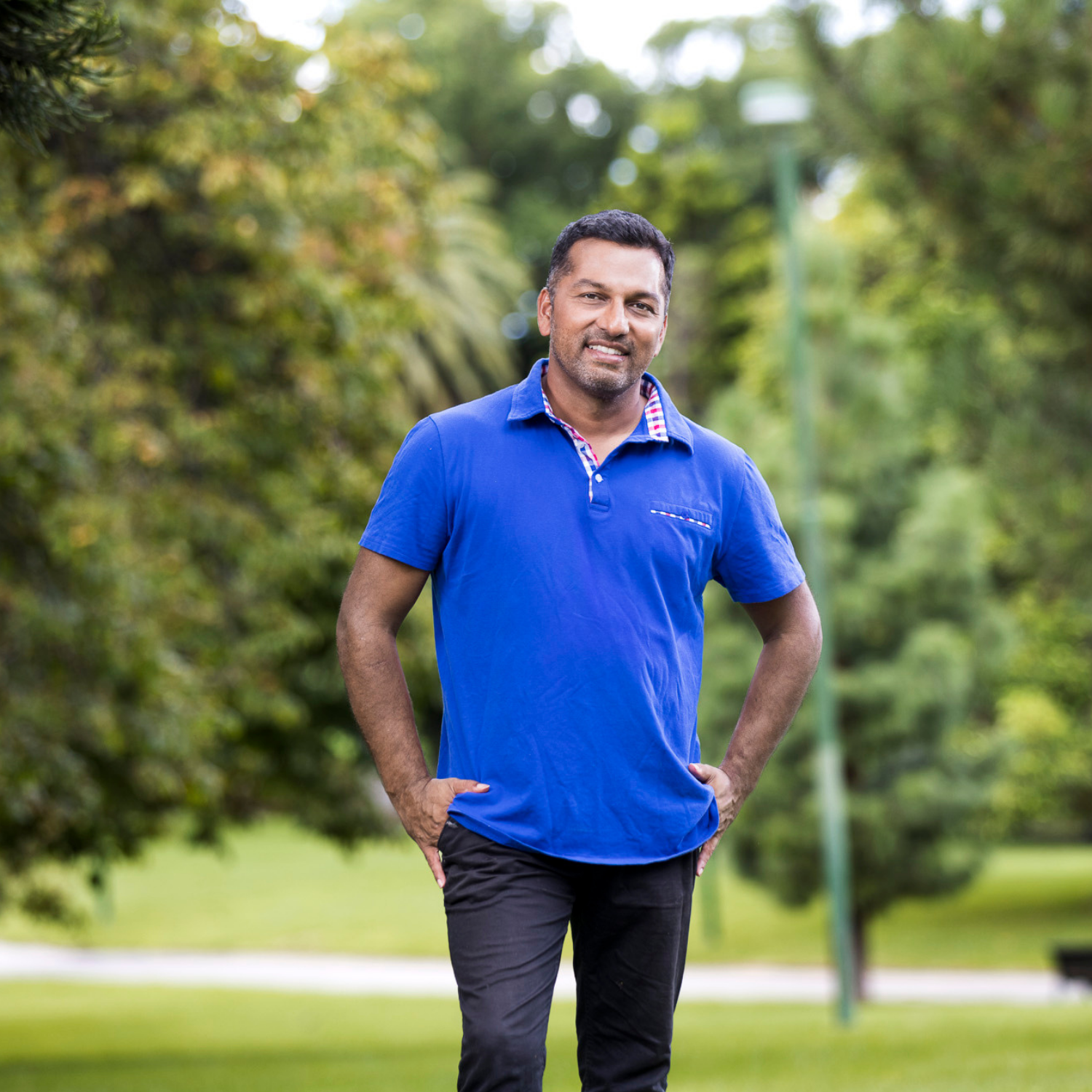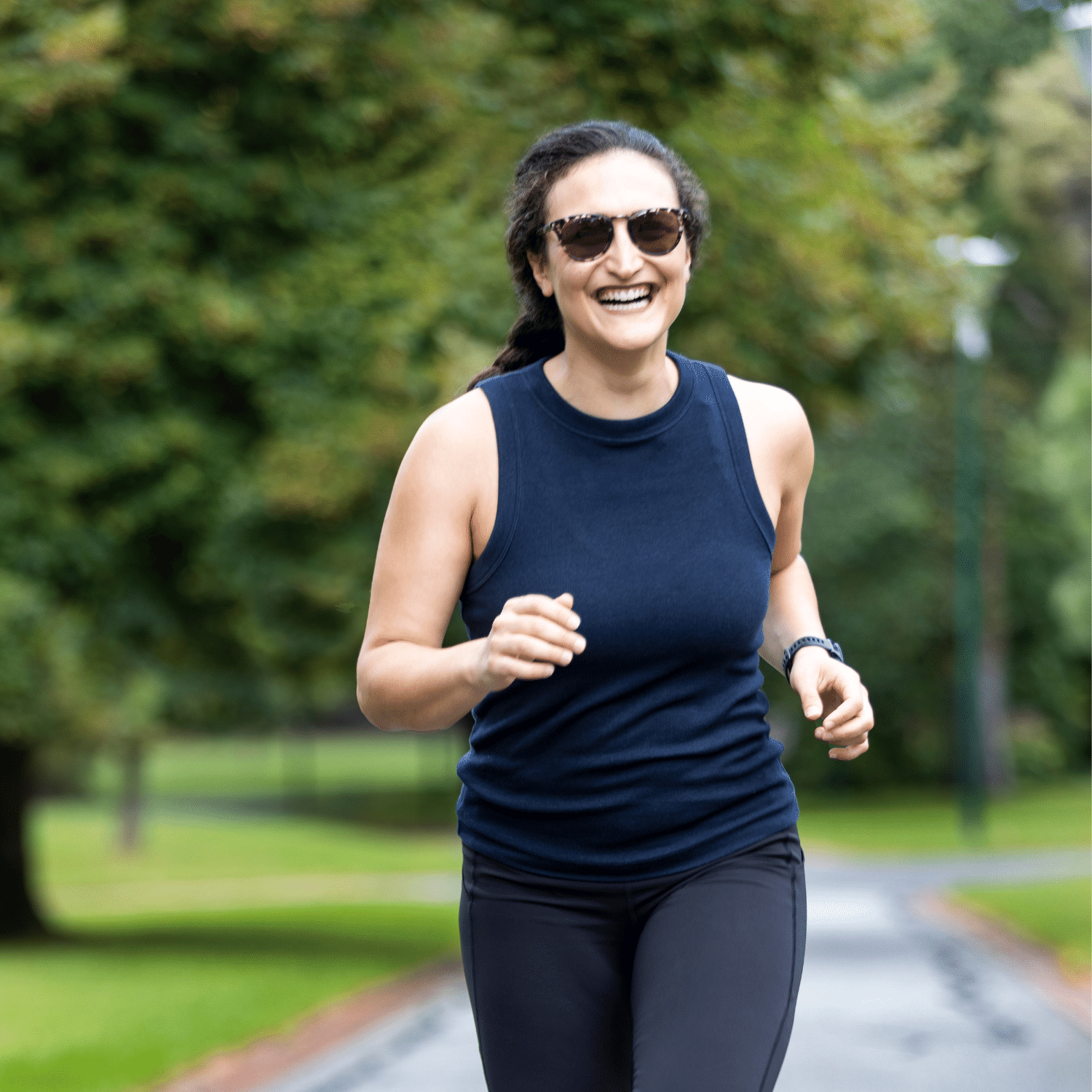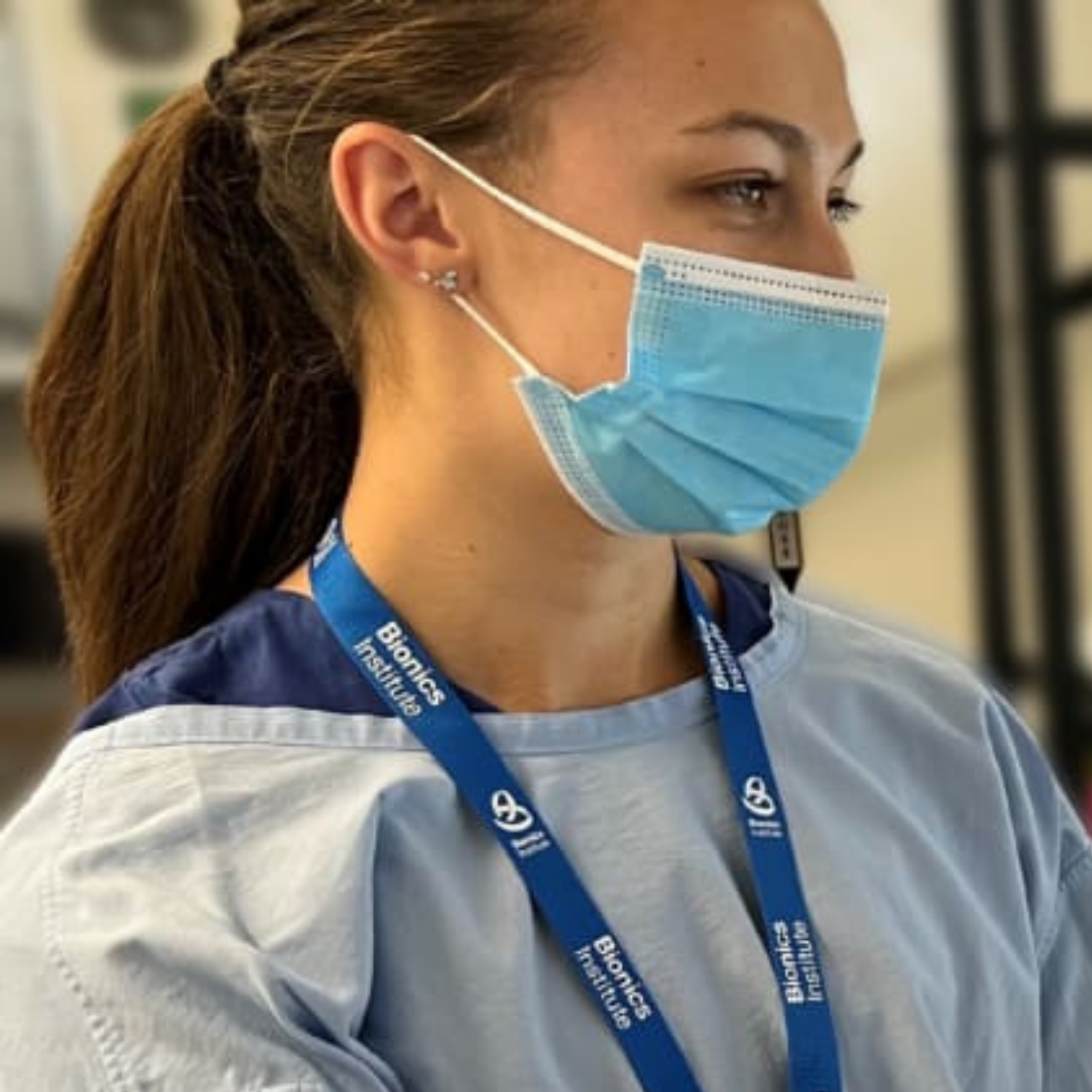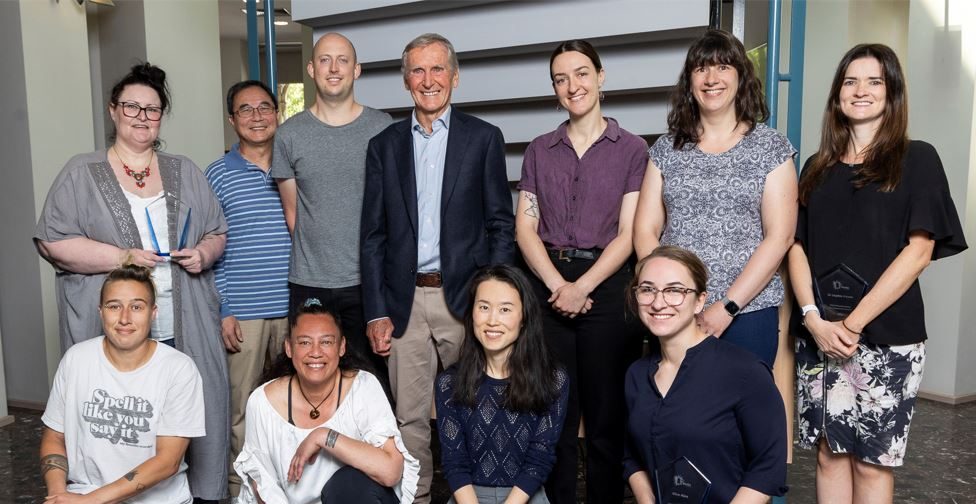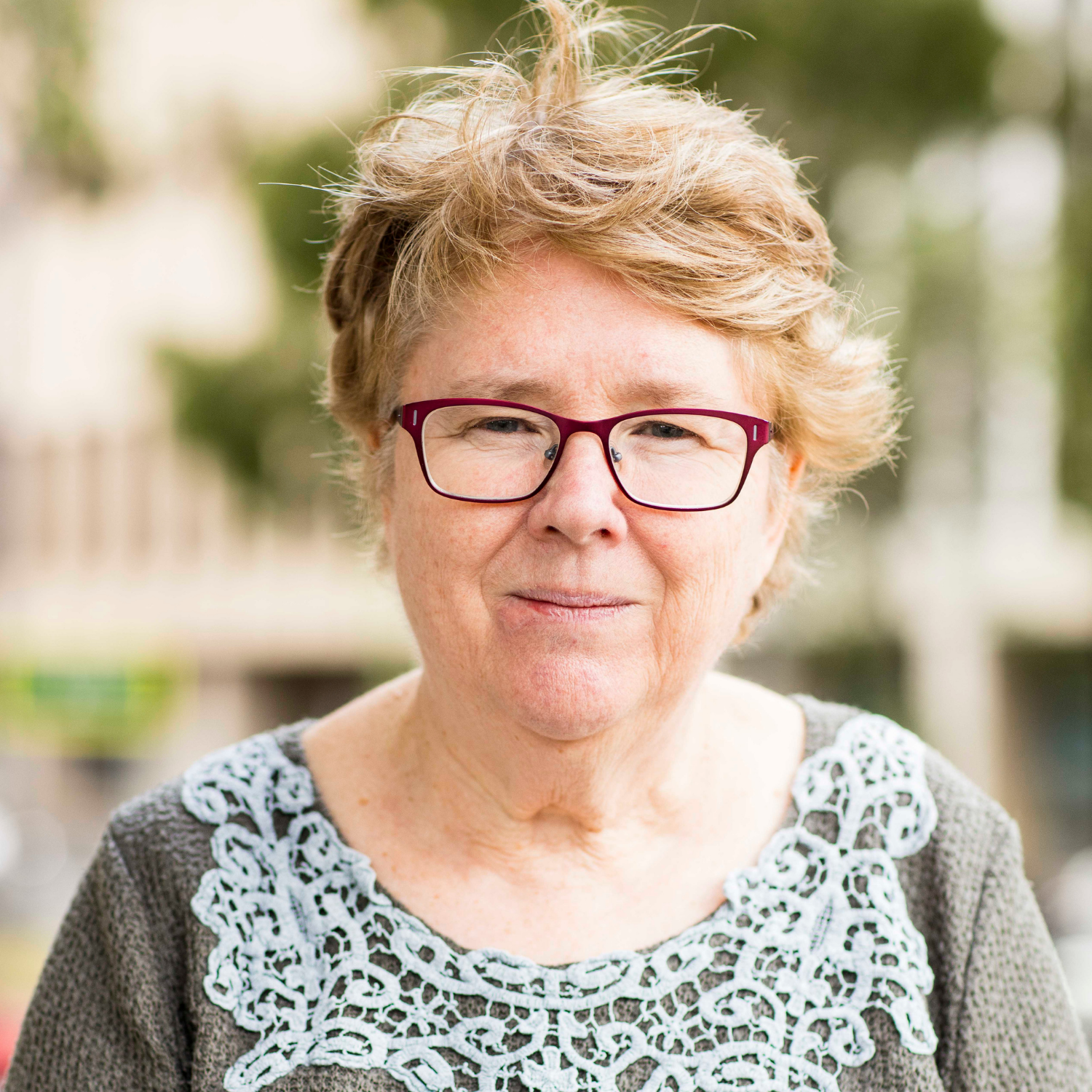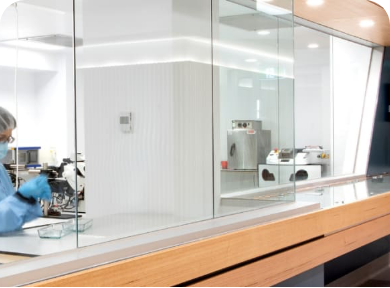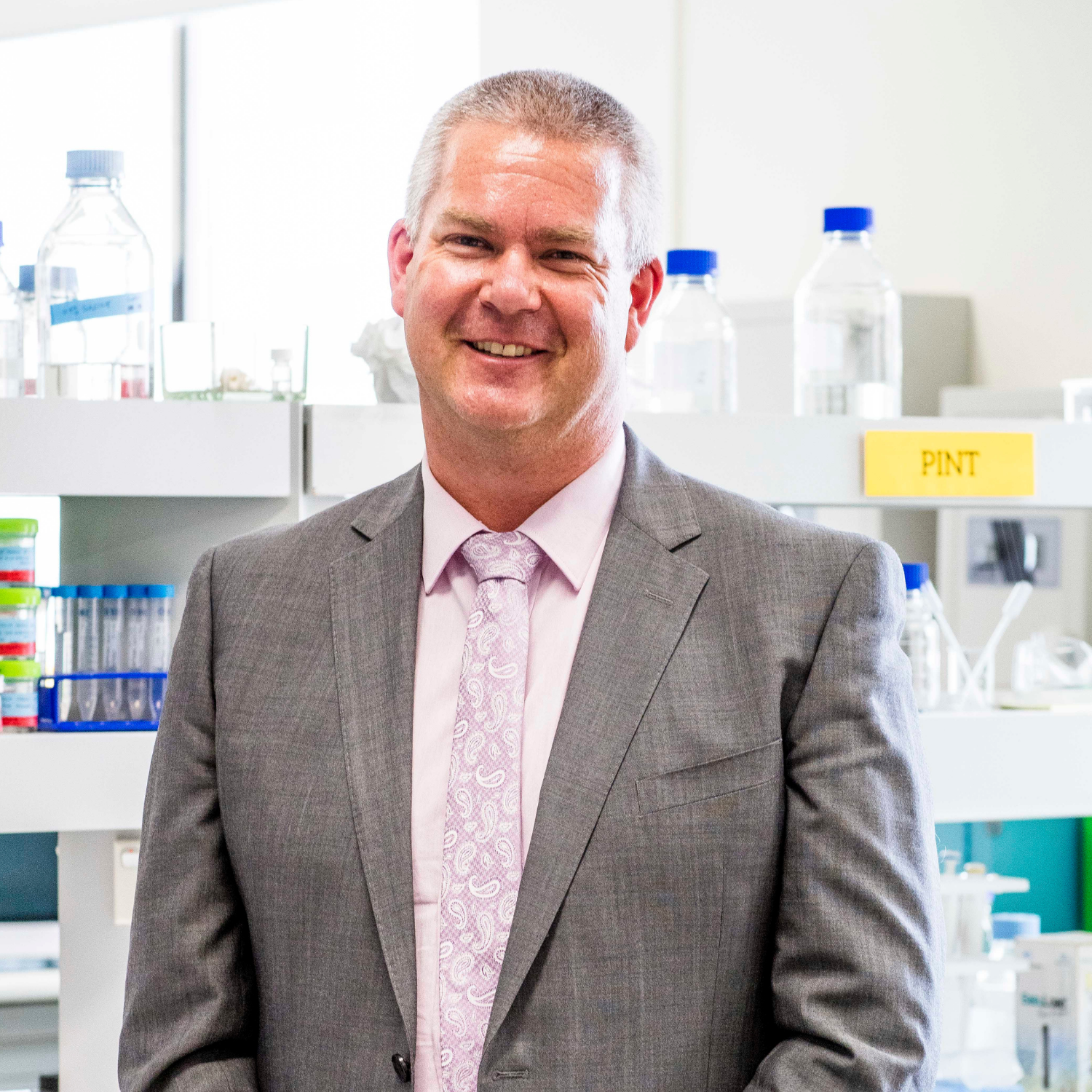The symptoms of Crohn’s disease can be debilitating and while drug therapies provide temporary relief, most people living with the condition end up needing invasive surgery.
Sara first suspected something wasn’t quite right after giving birth to her second child back in 2017. Her condition causes her body to attack its own tissues, which creates inflammation of the digestive tract.
“I was constantly sick with colds and flus,” she remembers. “Then in 2018, I developed a cough that wouldn’t go away and I was always feeling out of breath.”
“By 2019 I had debilitating stomach pains all the time. I was going to the toilet ten times a day, and each time I did, it felt like I was passing glass.”
For a number of years, doctors struggled to pinpoint the cause of Sara’s pain and discomfort. In the meantime, her symptoms continued to worsen. The debilitating symptoms of the disease can include severe abdominal pain, diarrhea, fatigue, weight loss and malnutrition. At its worst, the condition can be life-threatening.
Sara explains, “I couldn’t hold down solid food and I was in constant, excruciating pain. I tried to keep life normal, but most days that was impossible. I was in so much pain I couldn’t look after my own kids without help. That broke my heart.” Sara’s diagnosis hit her hard: “I was very angry, and my anxiety hit an all-time high. Mentally, I was in a pretty dark place.”
Sara’s diagnosis hit her hard and to make things harder, none of the treatments that her specialists tried initially seemed to be making much difference to Sara’s condition.
“They put me straight on steroids, then tried a range of different drug treatments, but none of them really worked. And my symptoms always came back. I was worried that would mean I’d have to have major surgery, which would only ever be a temporary solution. I was afraid I’d have to live the rest of my life knowing that the terrible symptoms could come back at any time, and I’d need further surgeries.”
There is currently no cure and while drug therapies can provide some temporary relief, 80% of people living with the condition end up needing invasive surgery to remove diseased parts of their bowels.
Unfortunately, the benefits of surgery are temporary, and the disease returns for 70% of patients within ten years of surgery, despite ongoing drug therapies.
As things stand, there’s very little doctors can do to ease my symptoms. The Bionics Institute’s research into innovative new treatments give people like me hope of a better future. Sara
